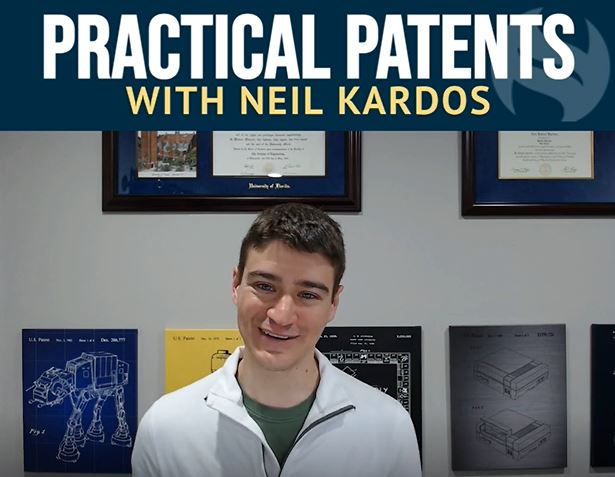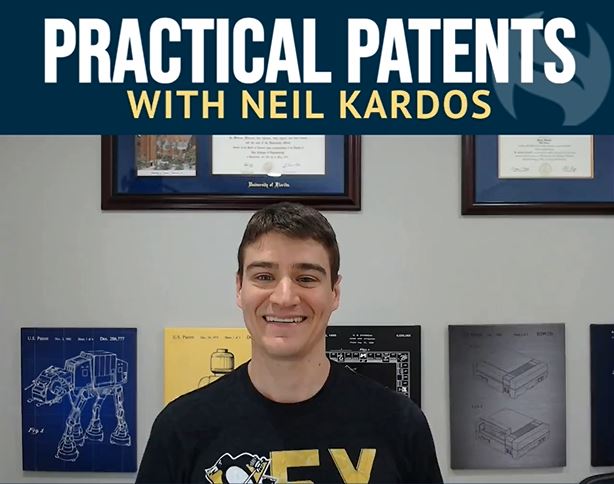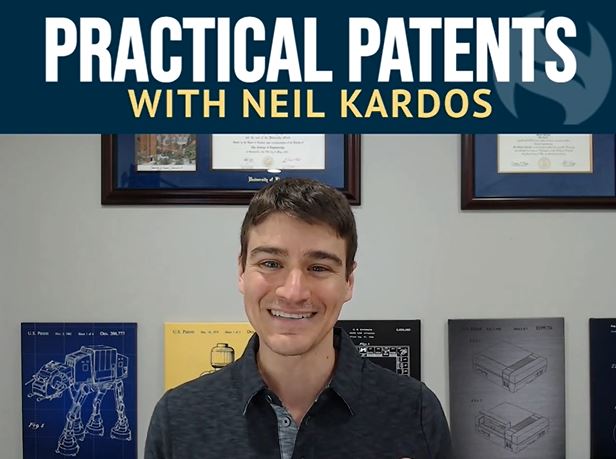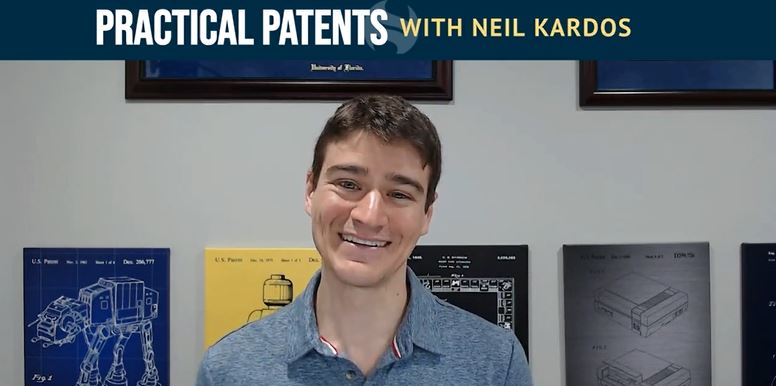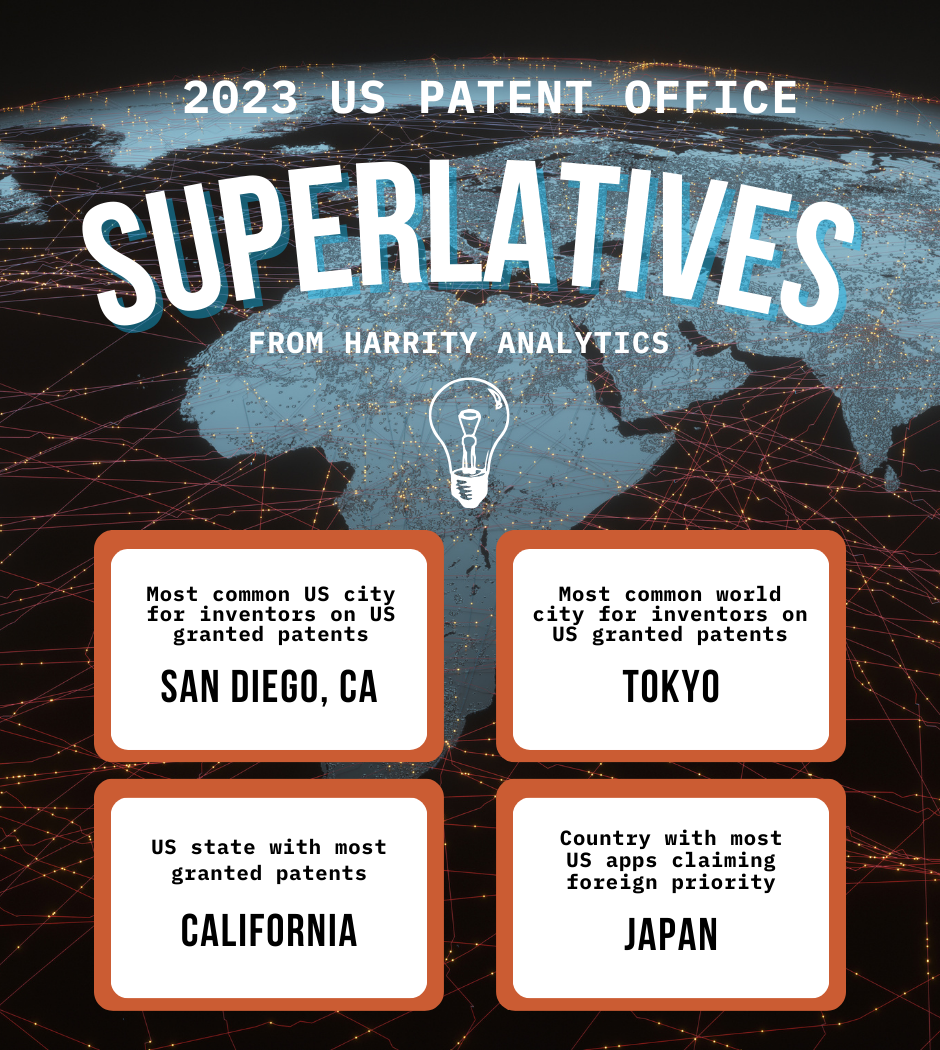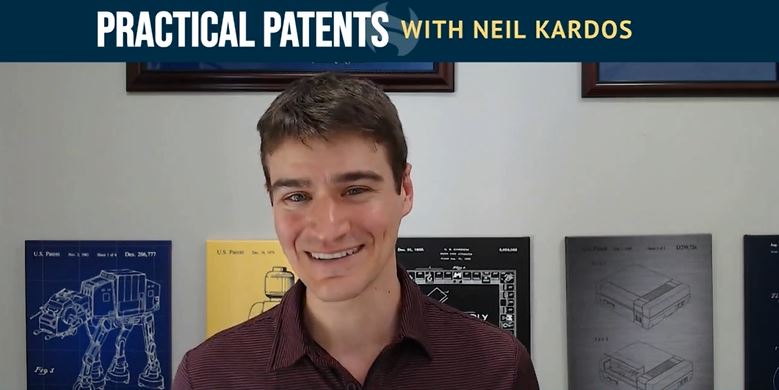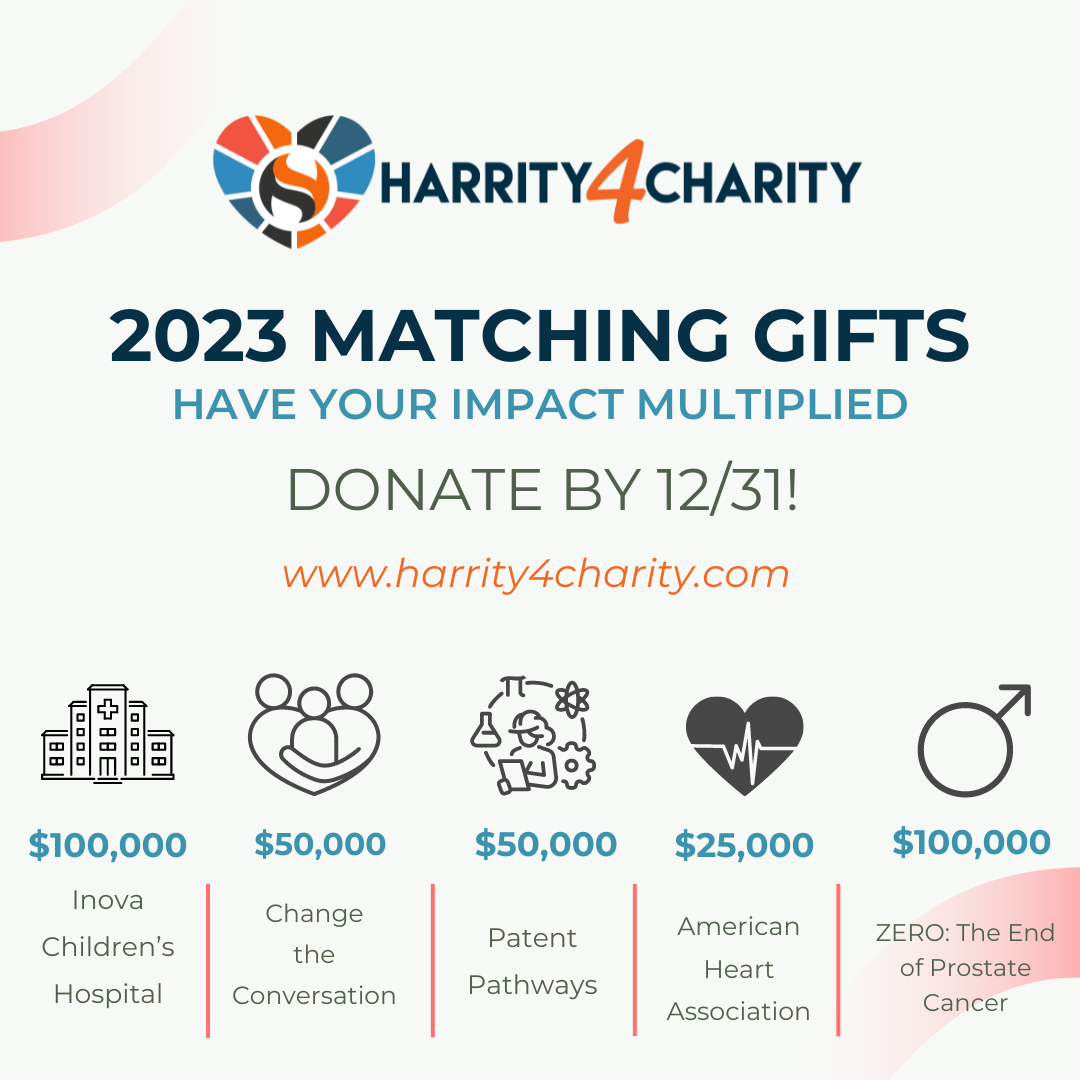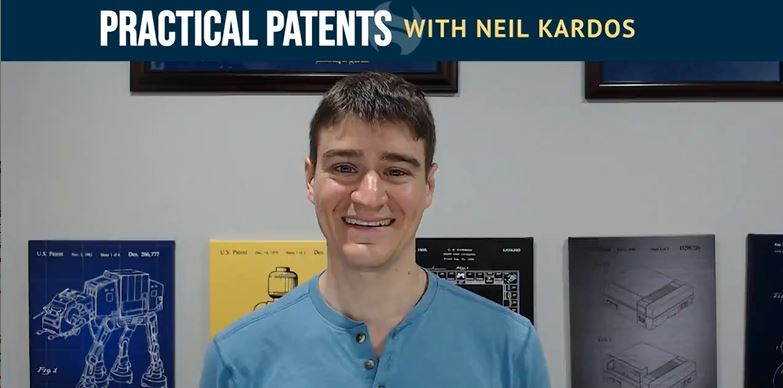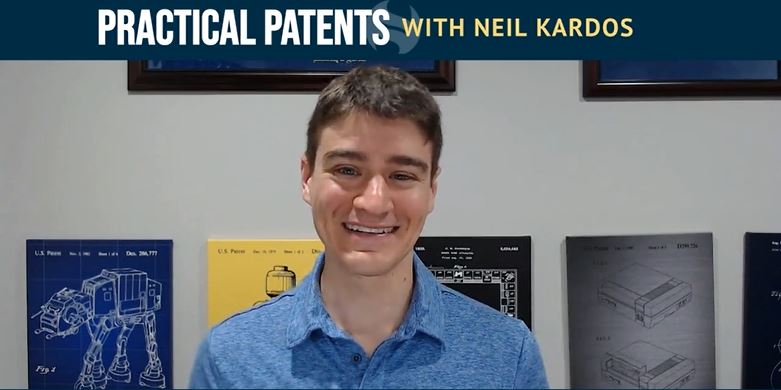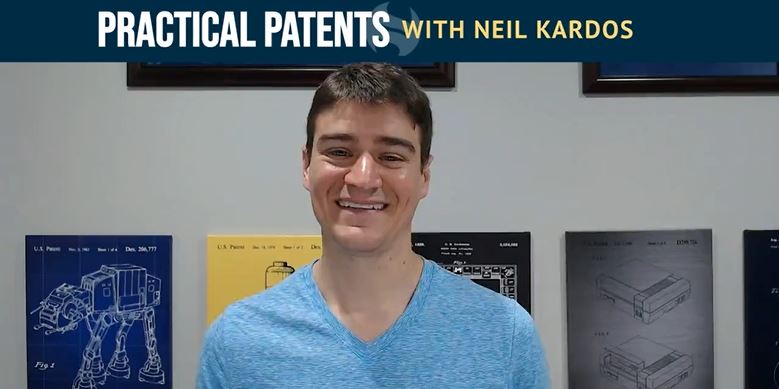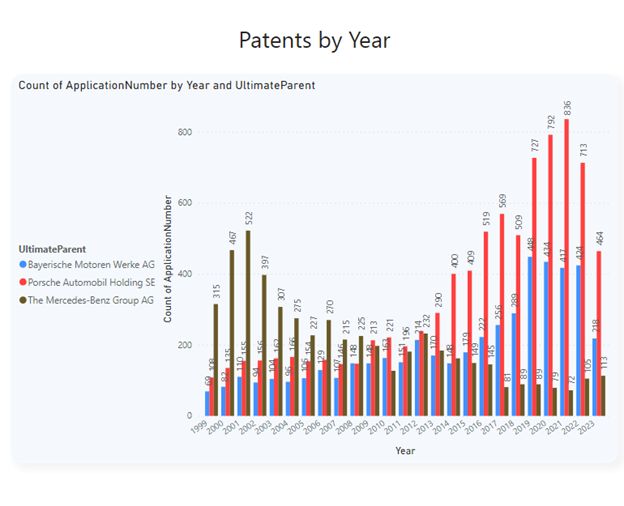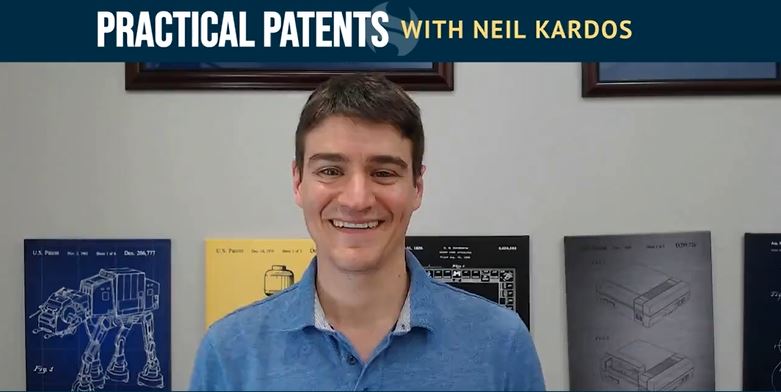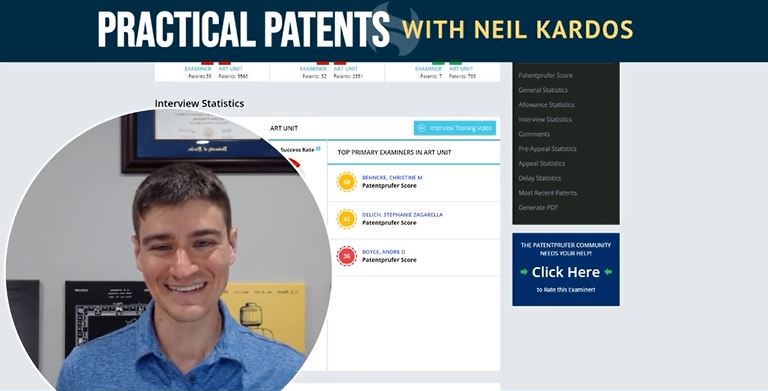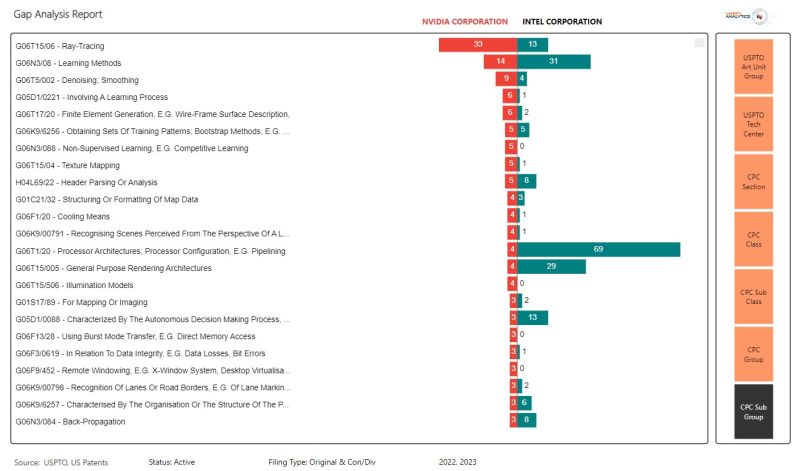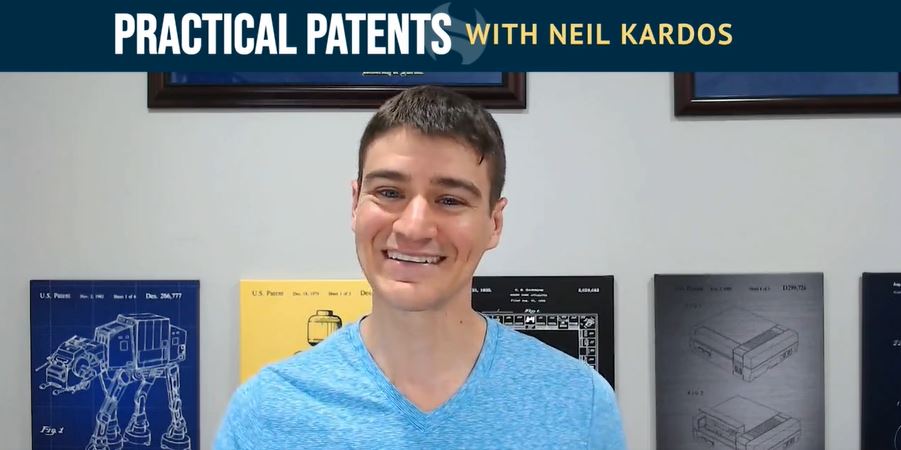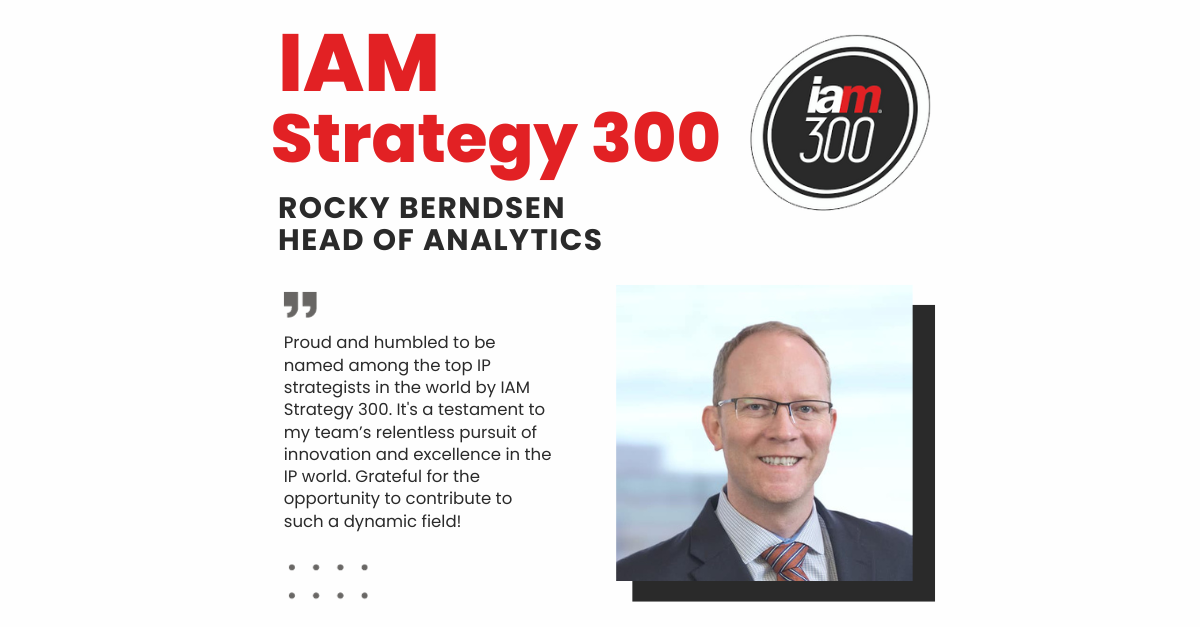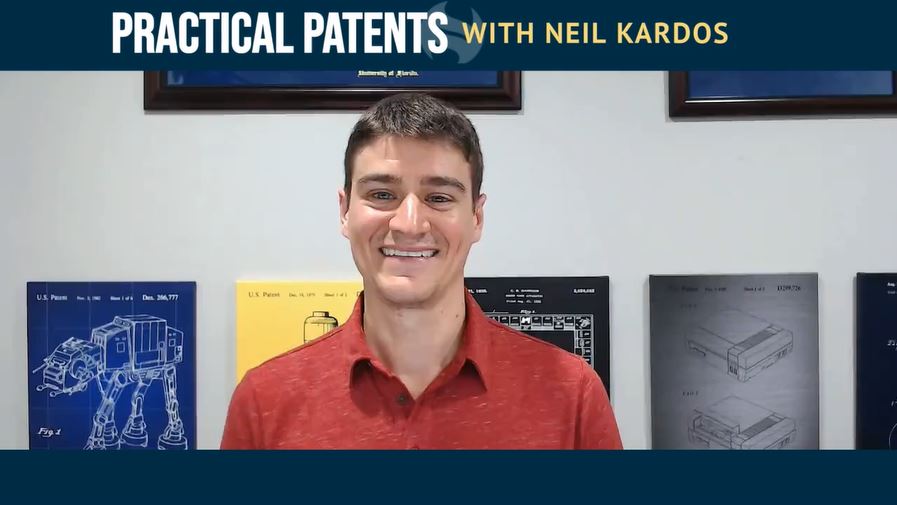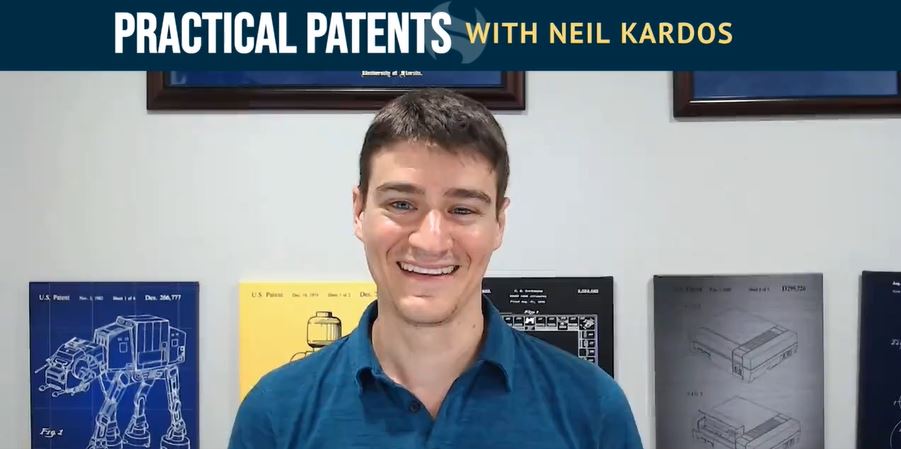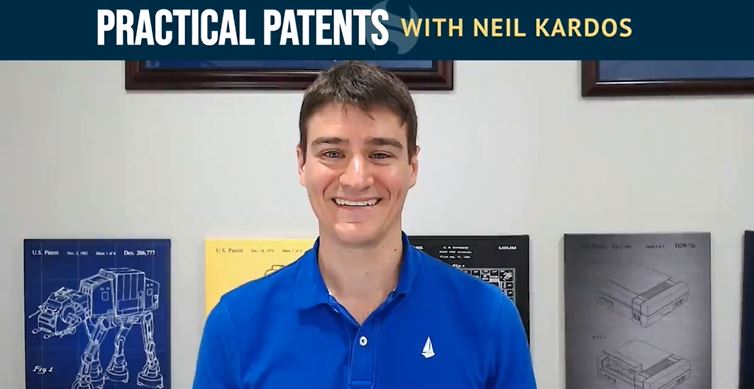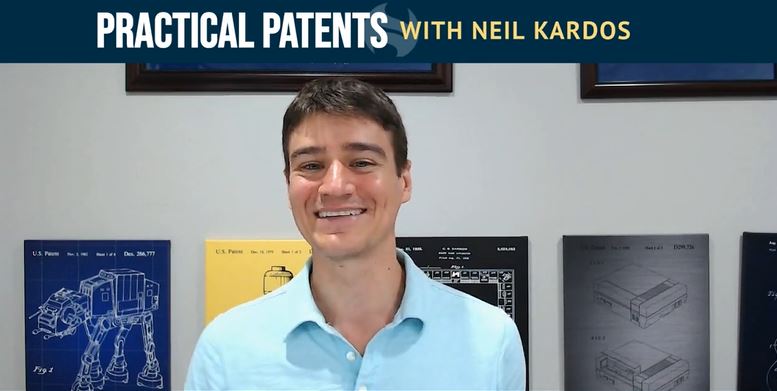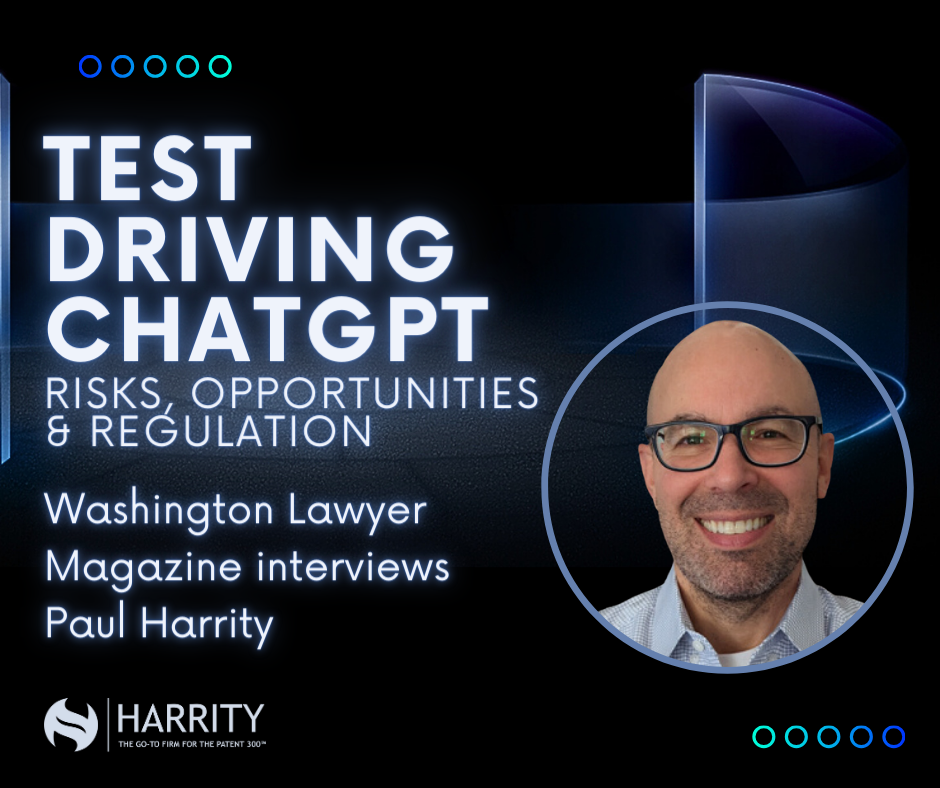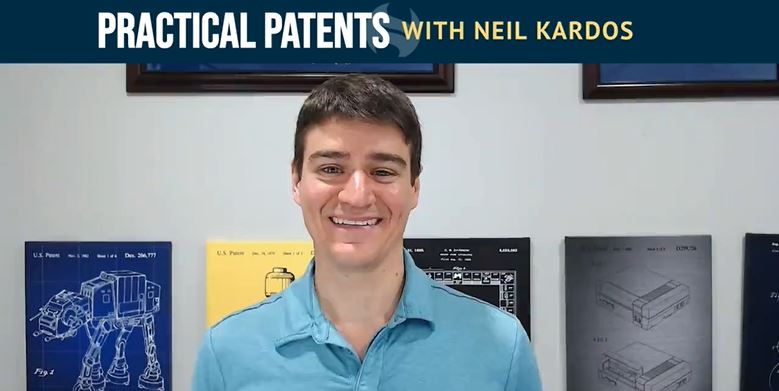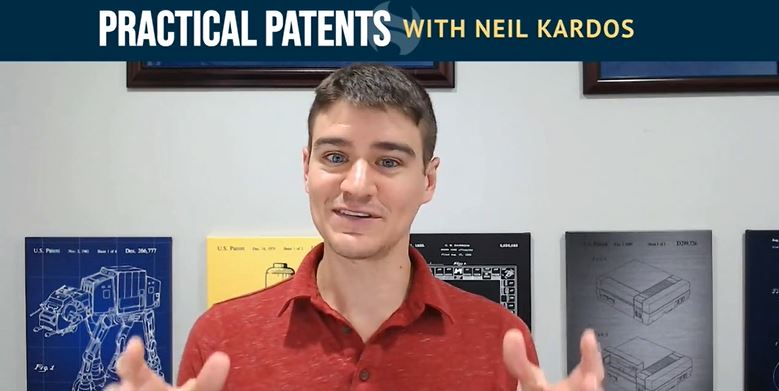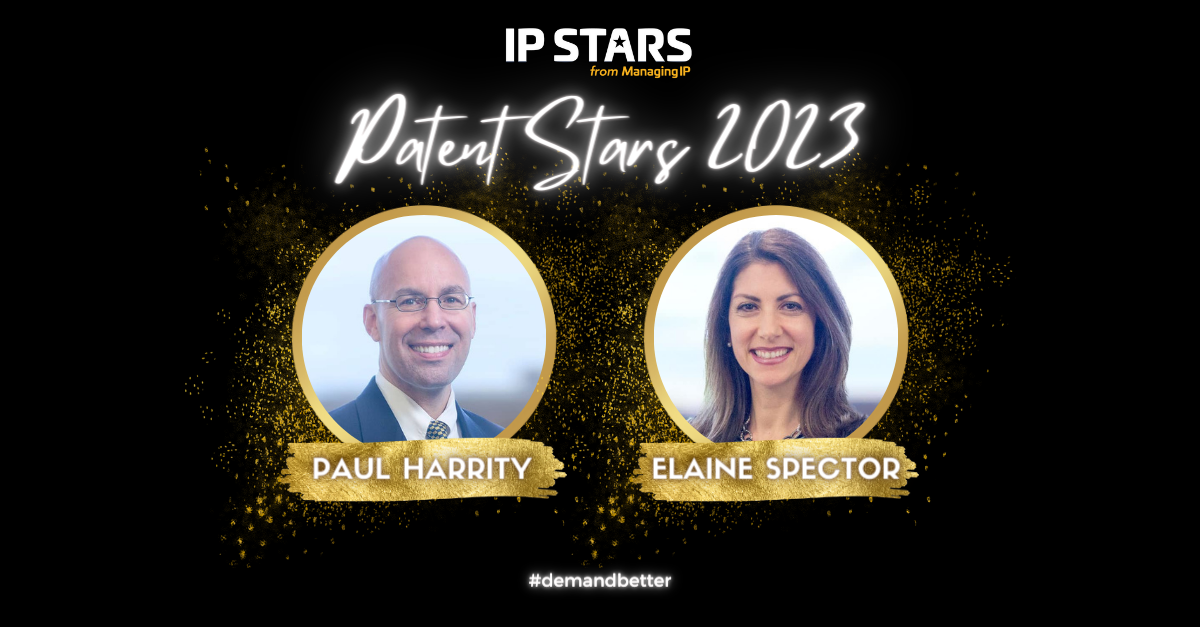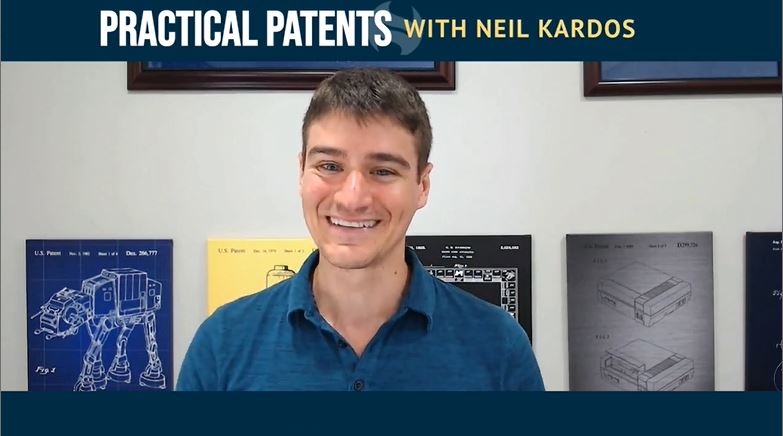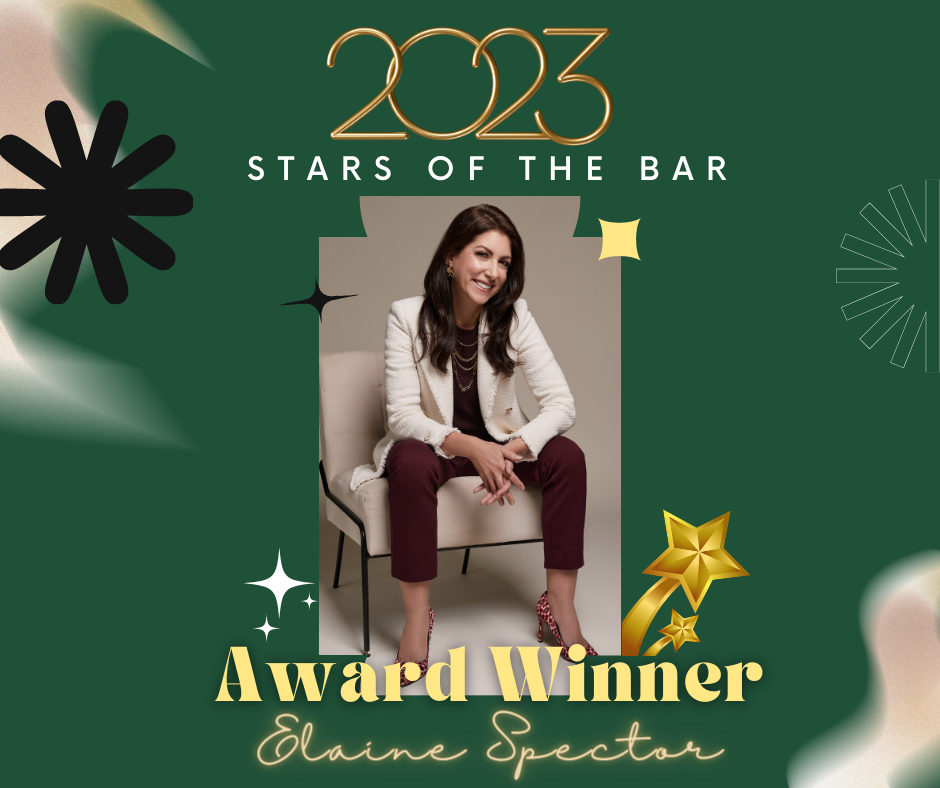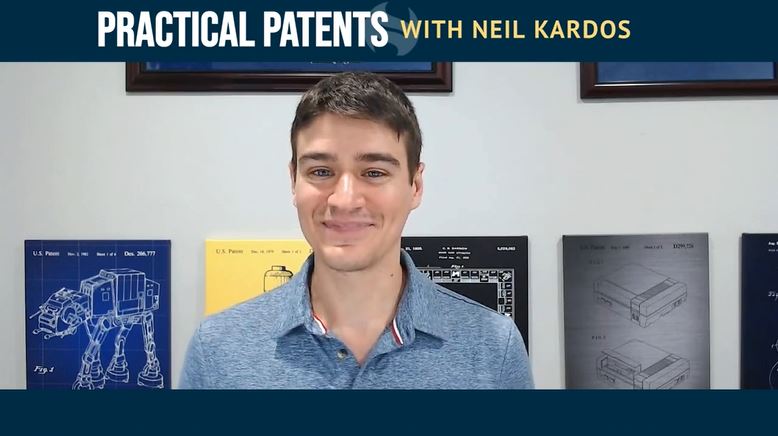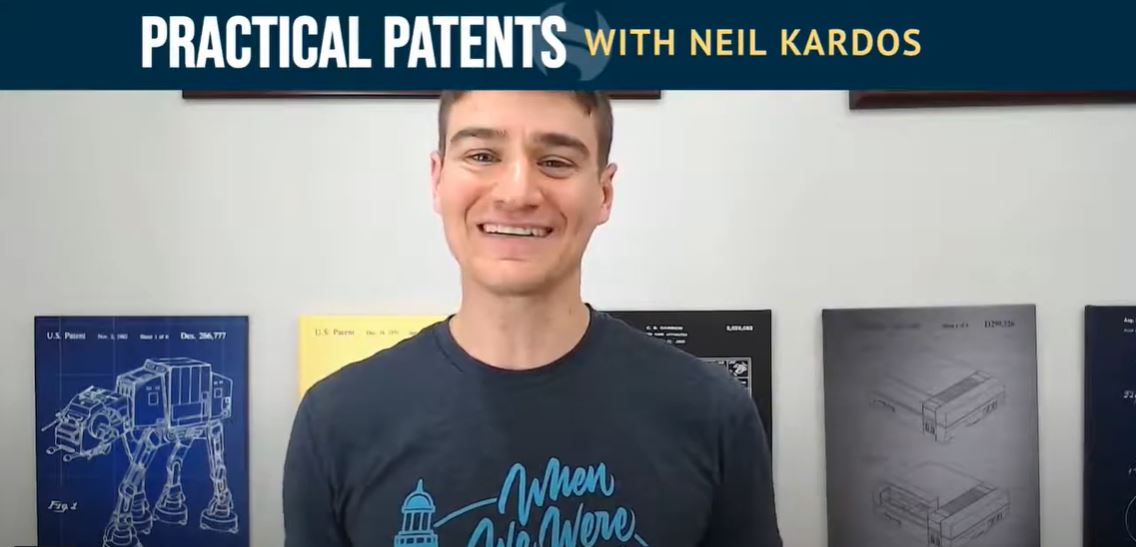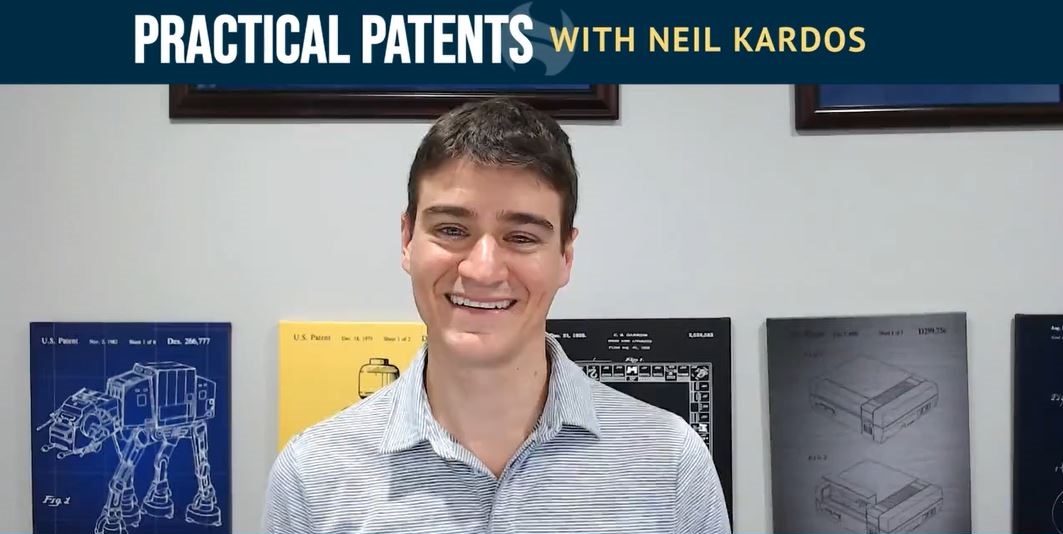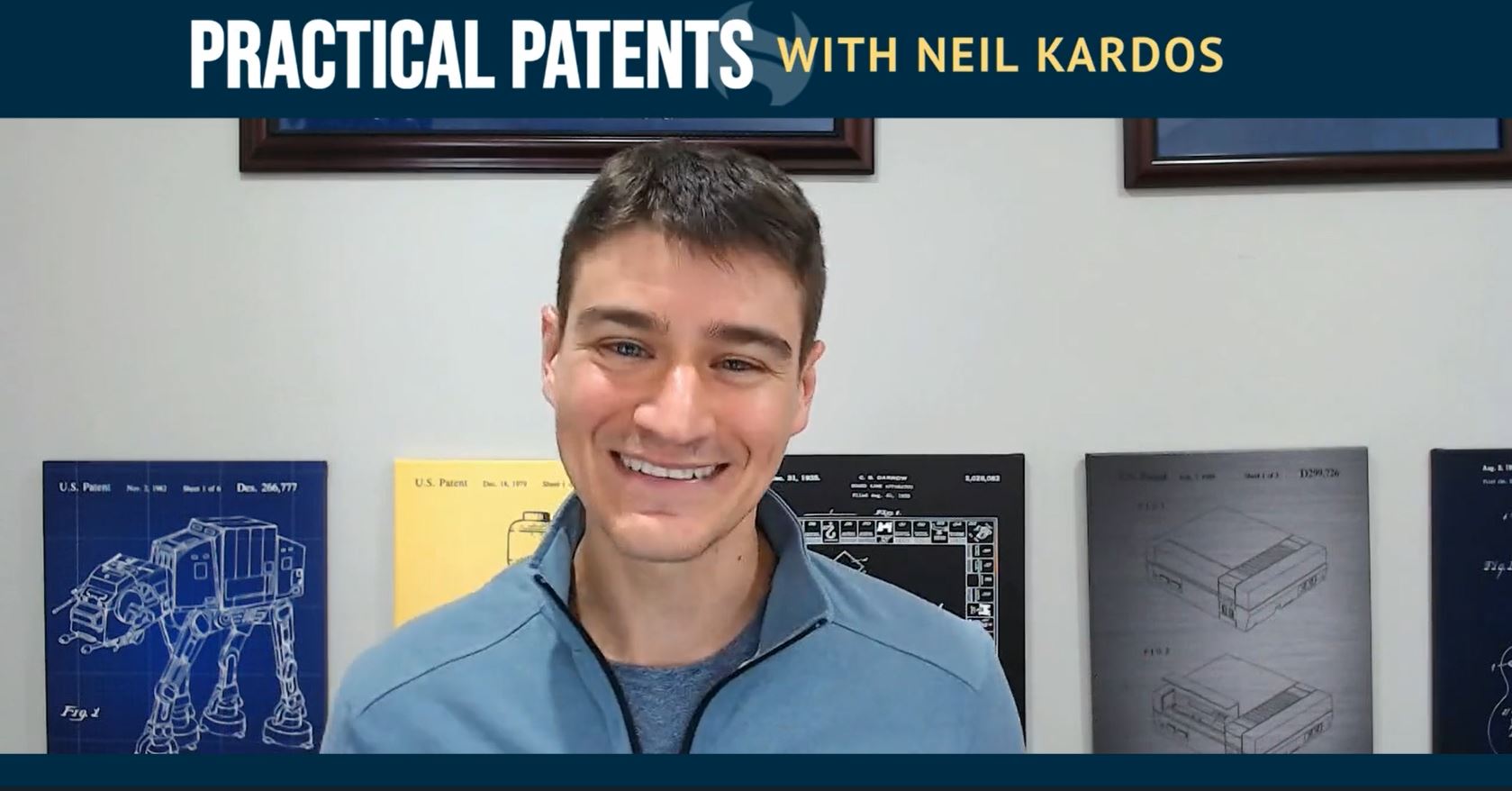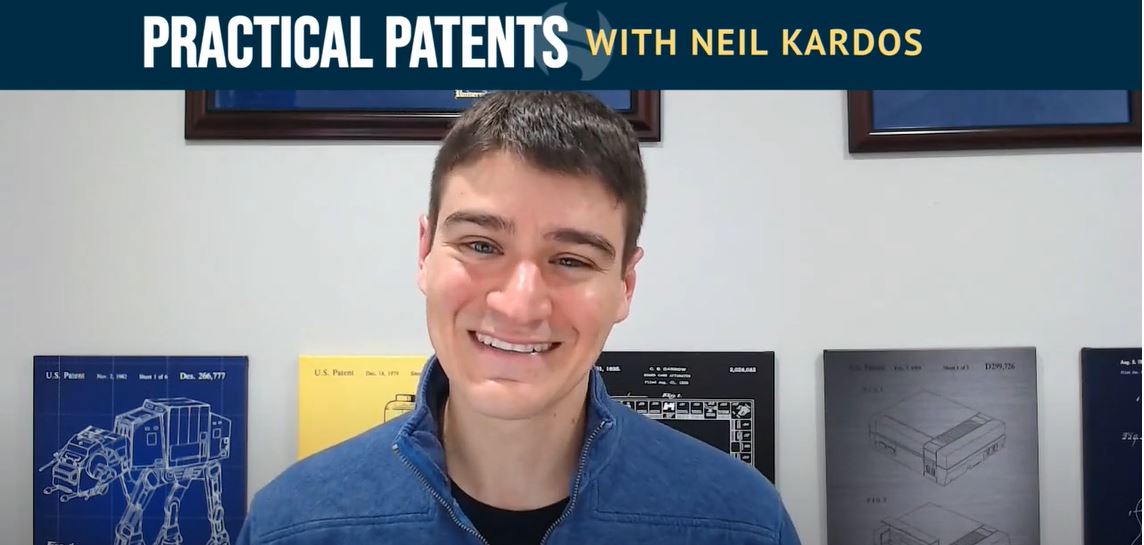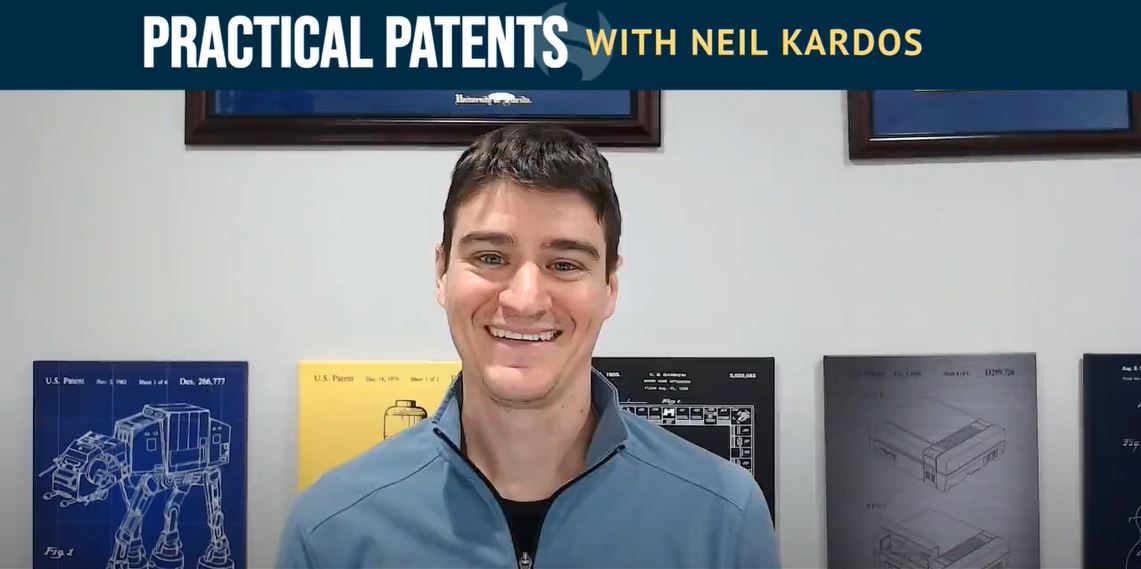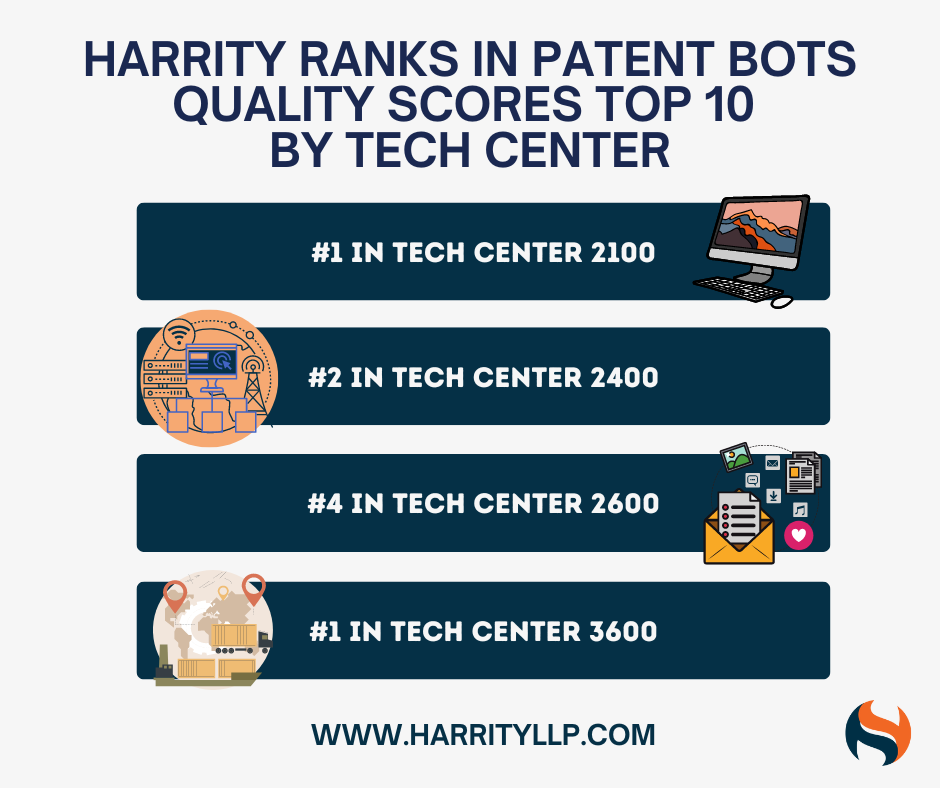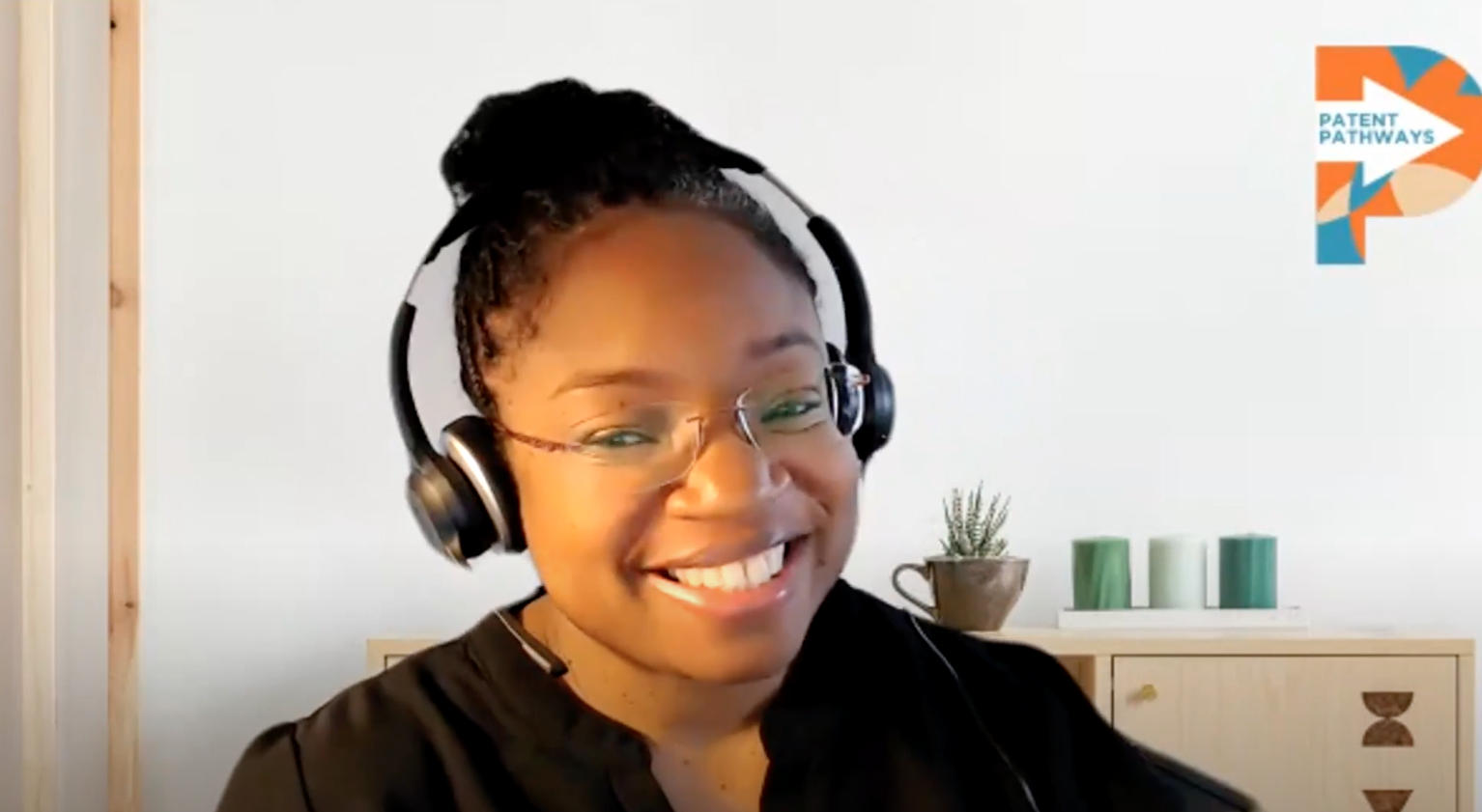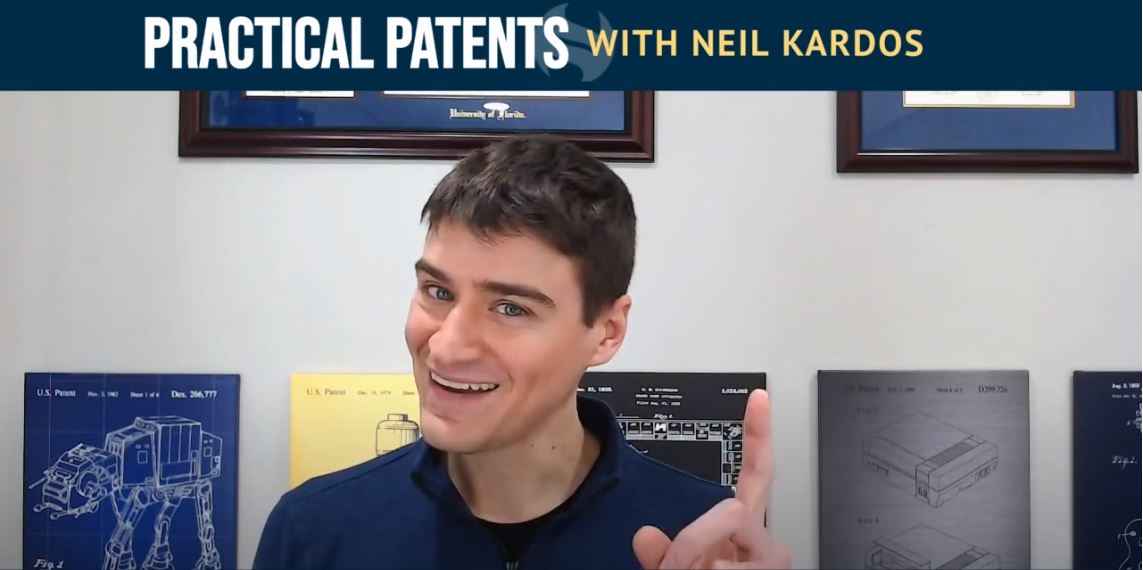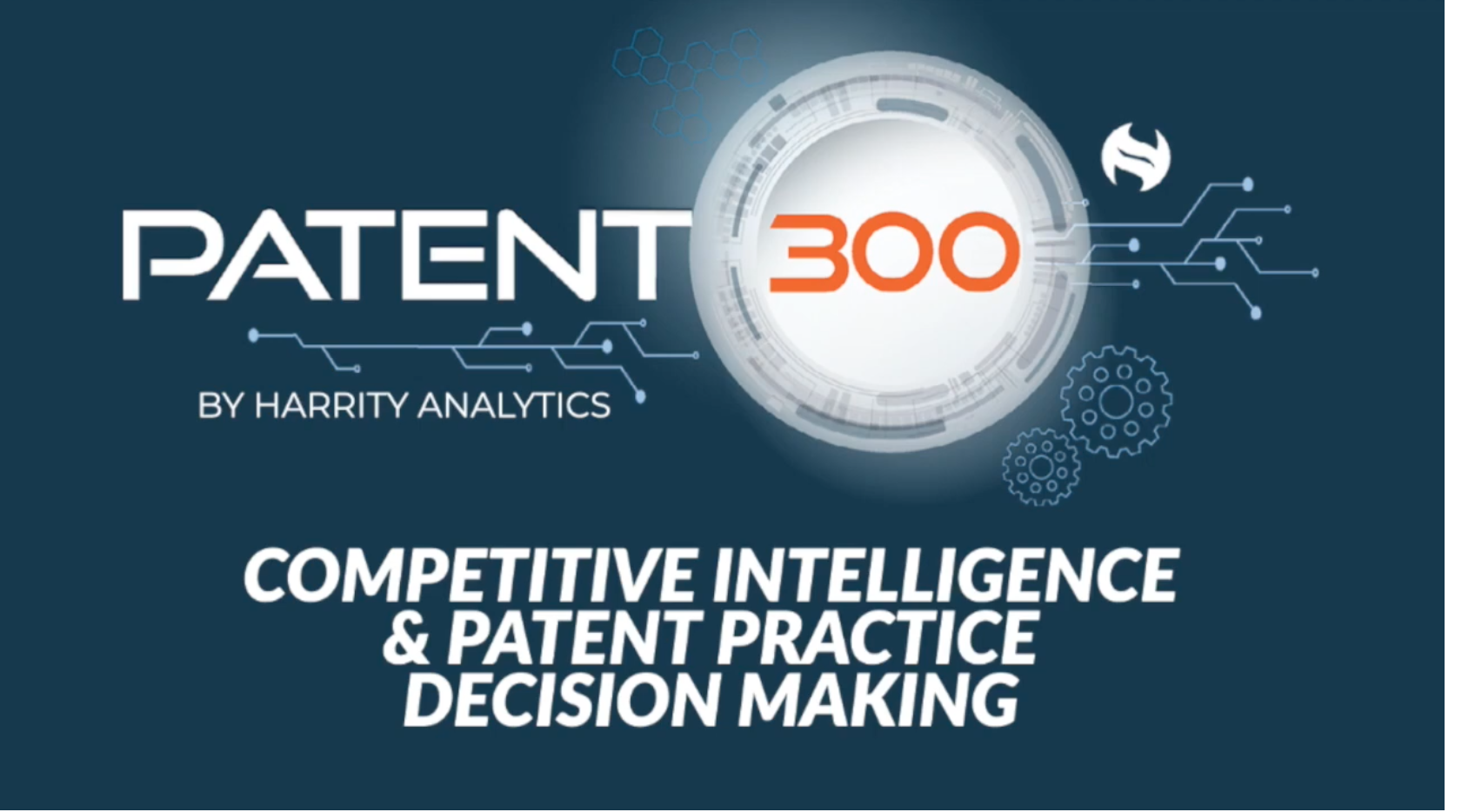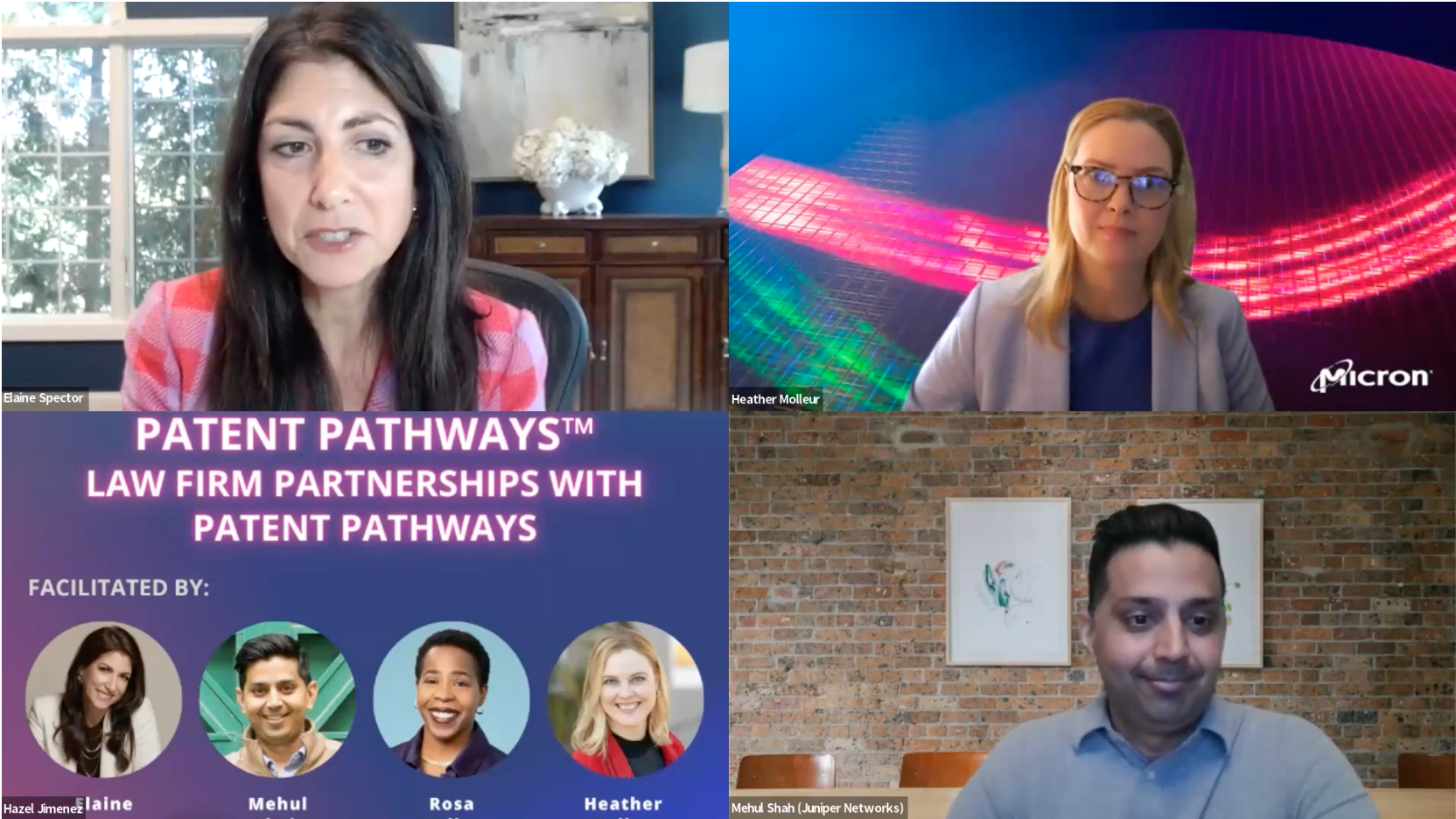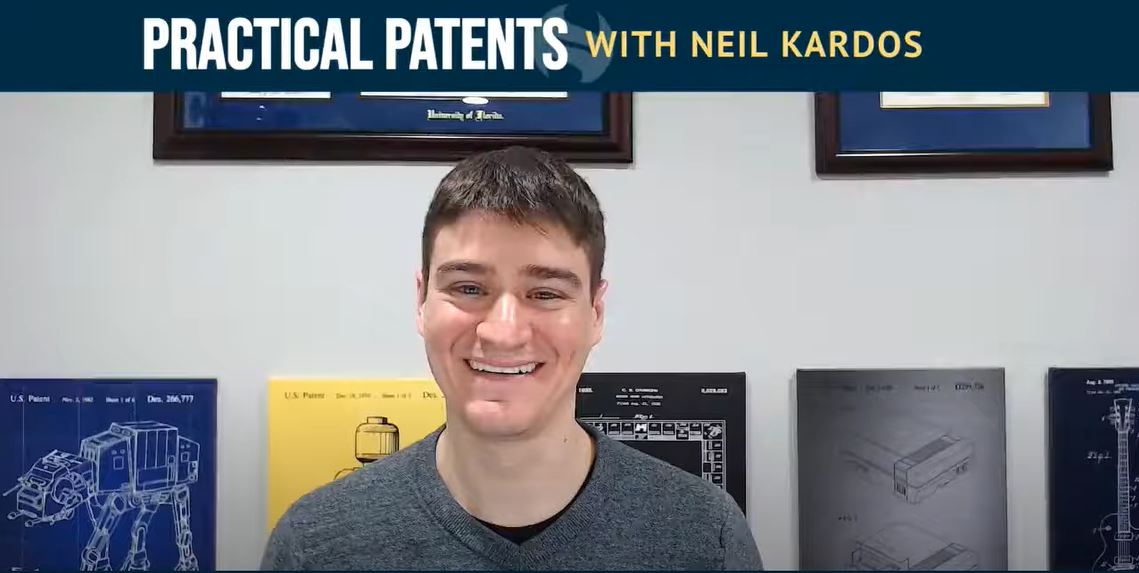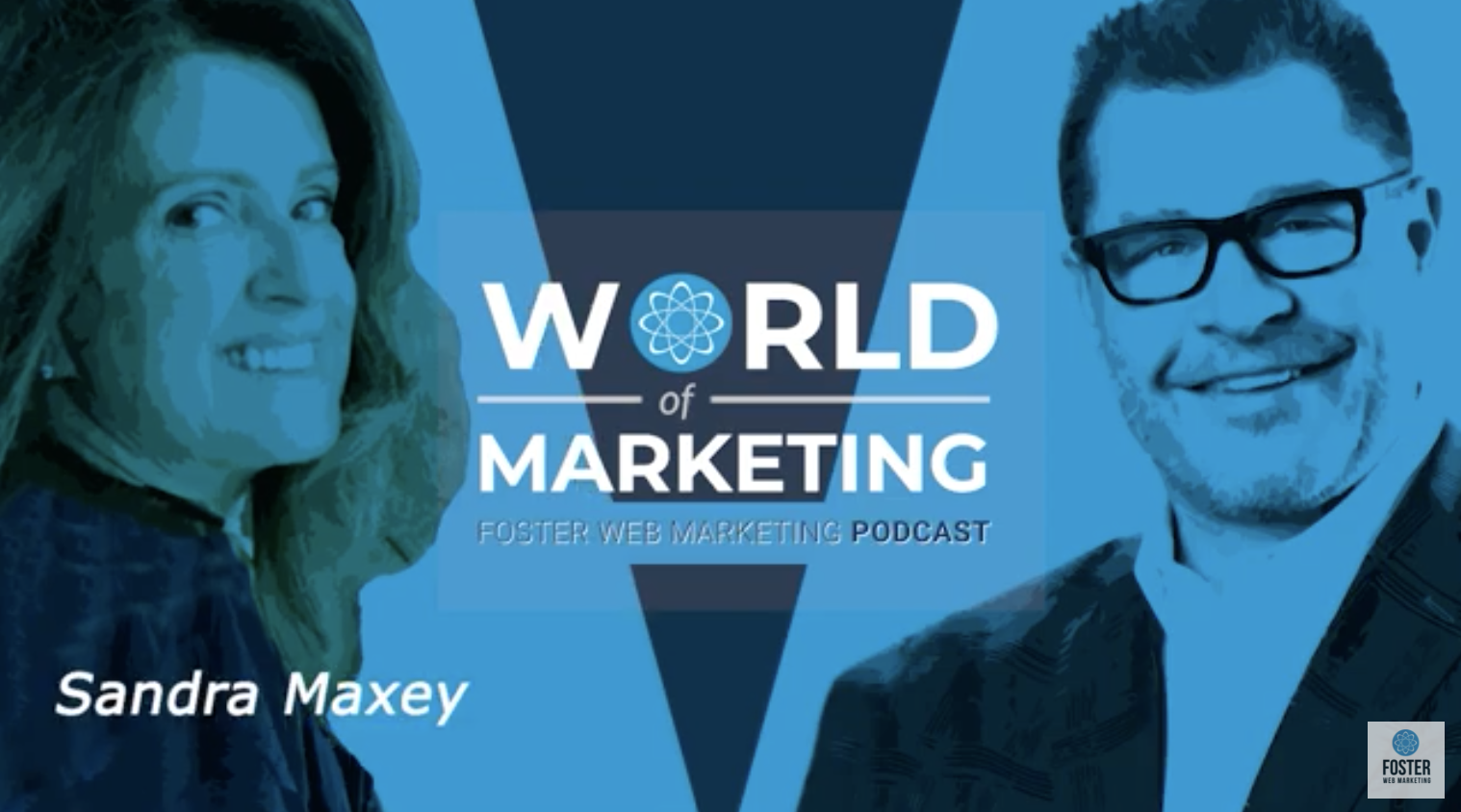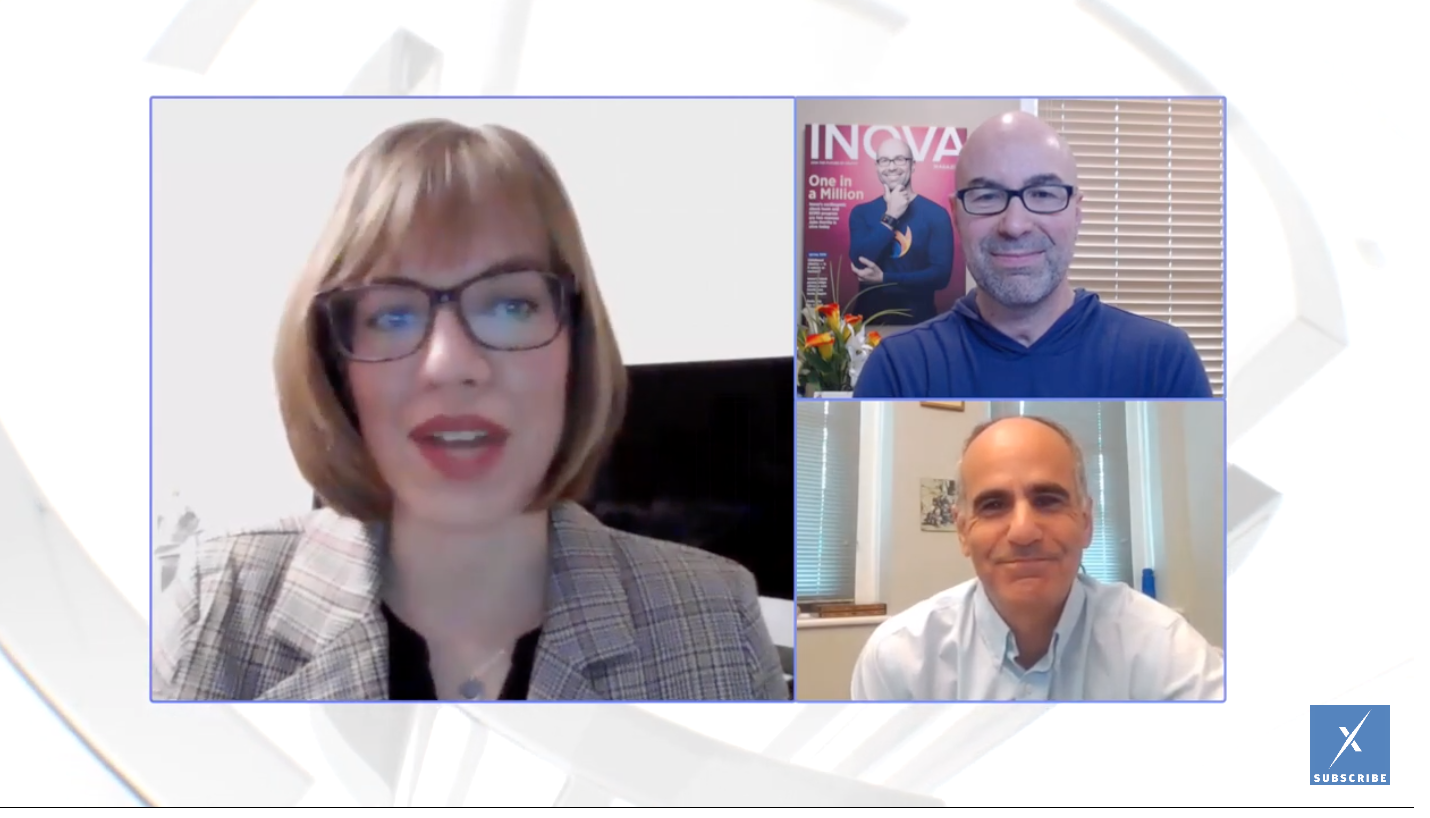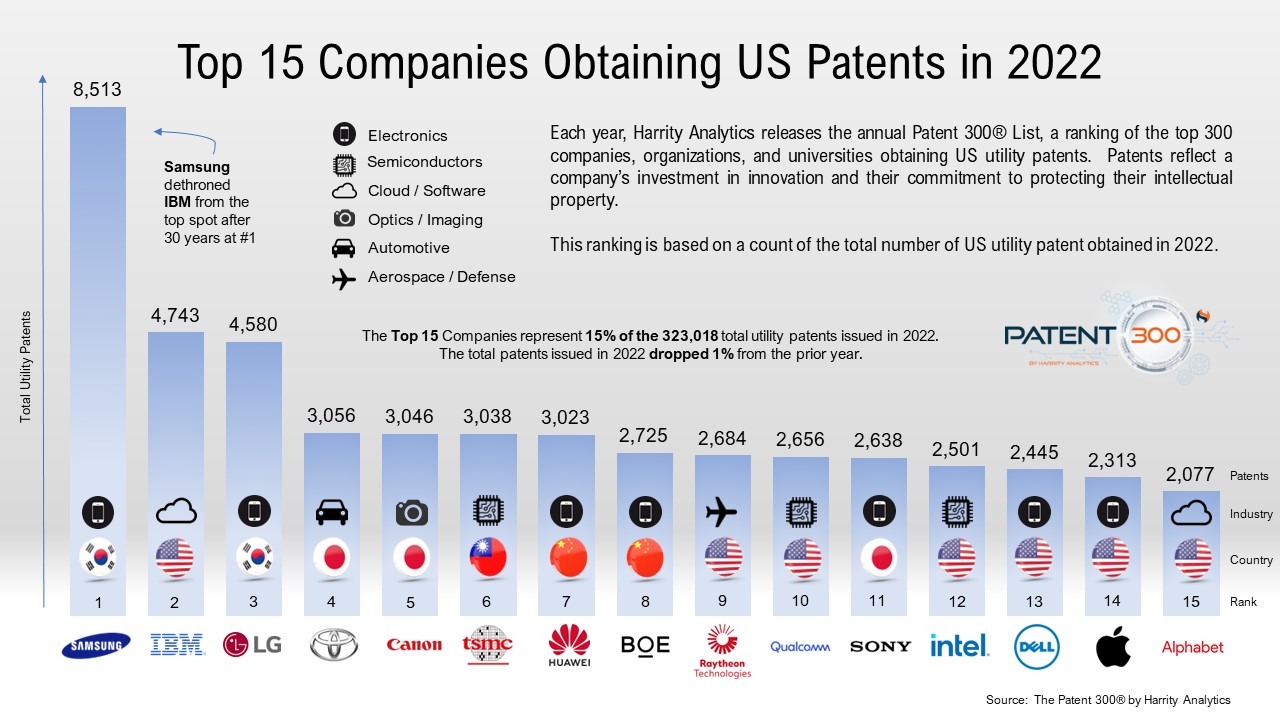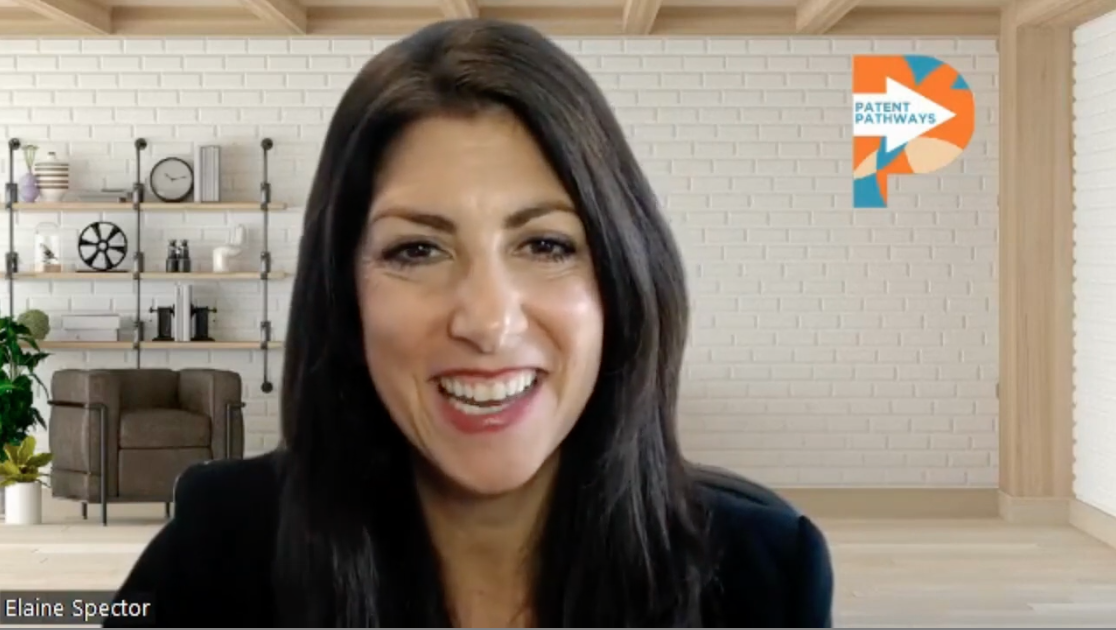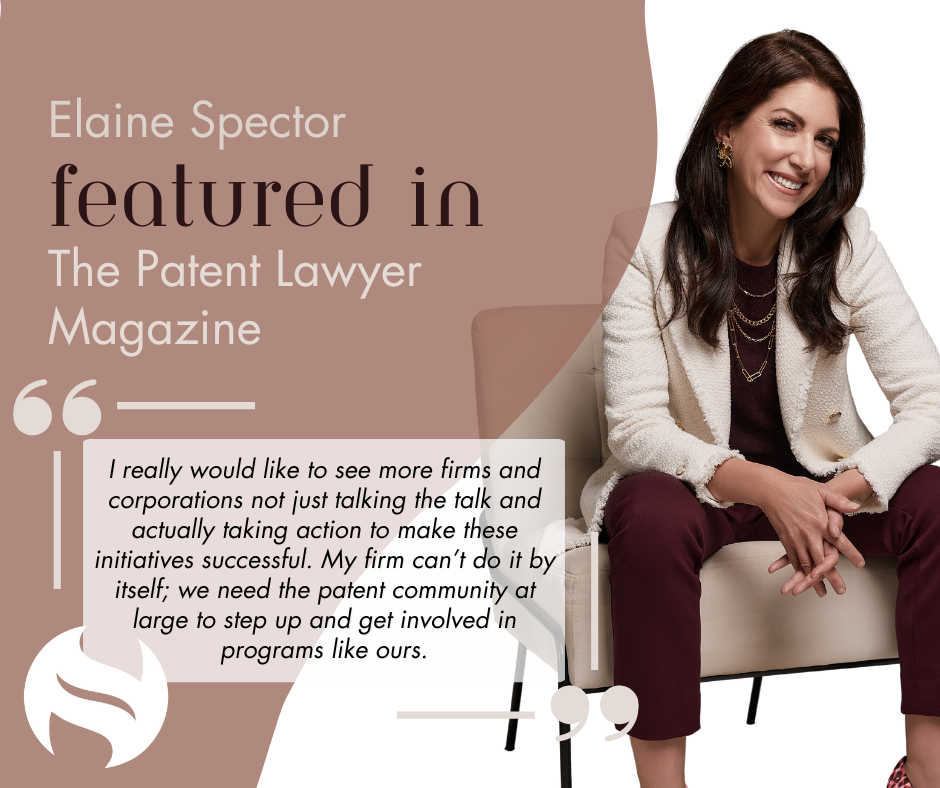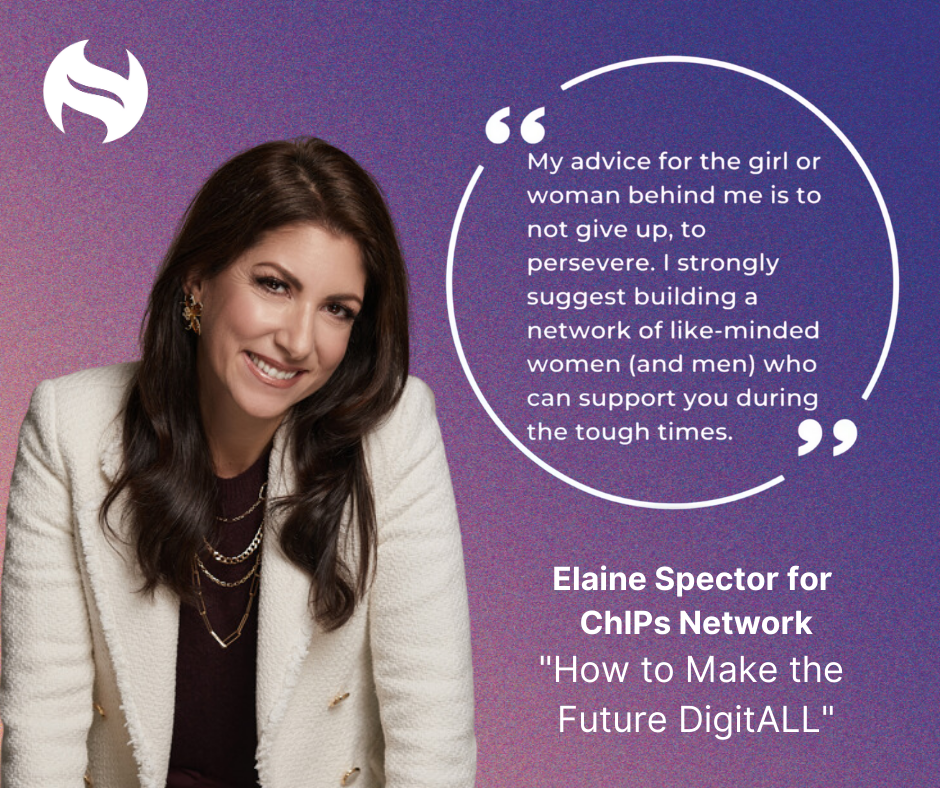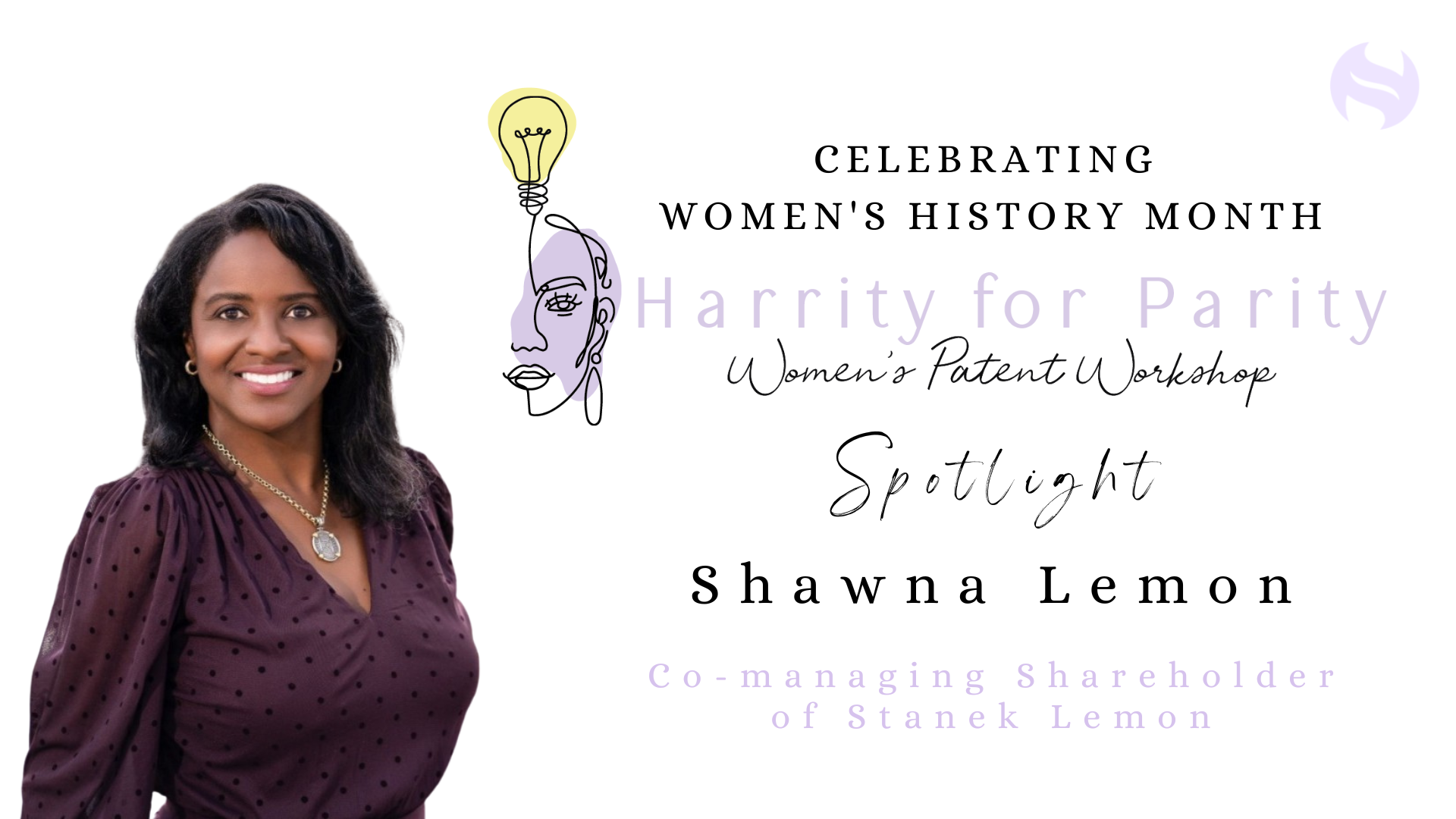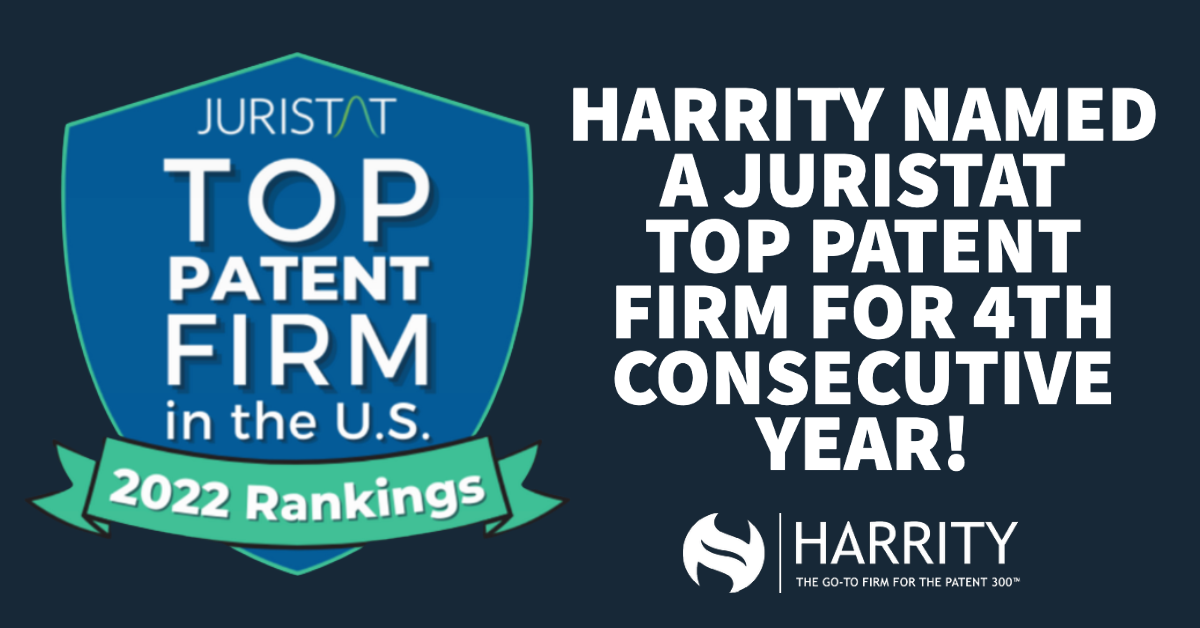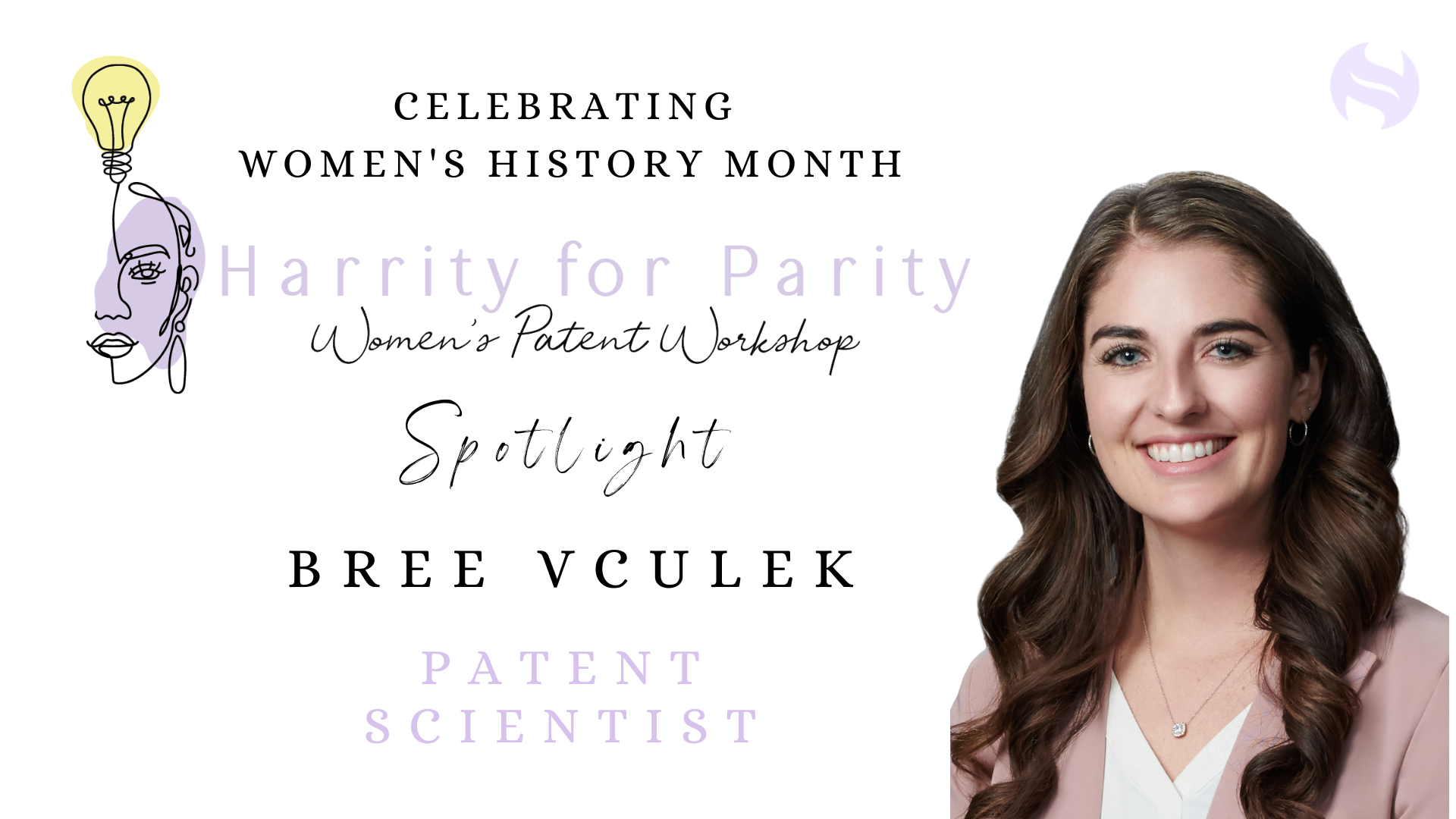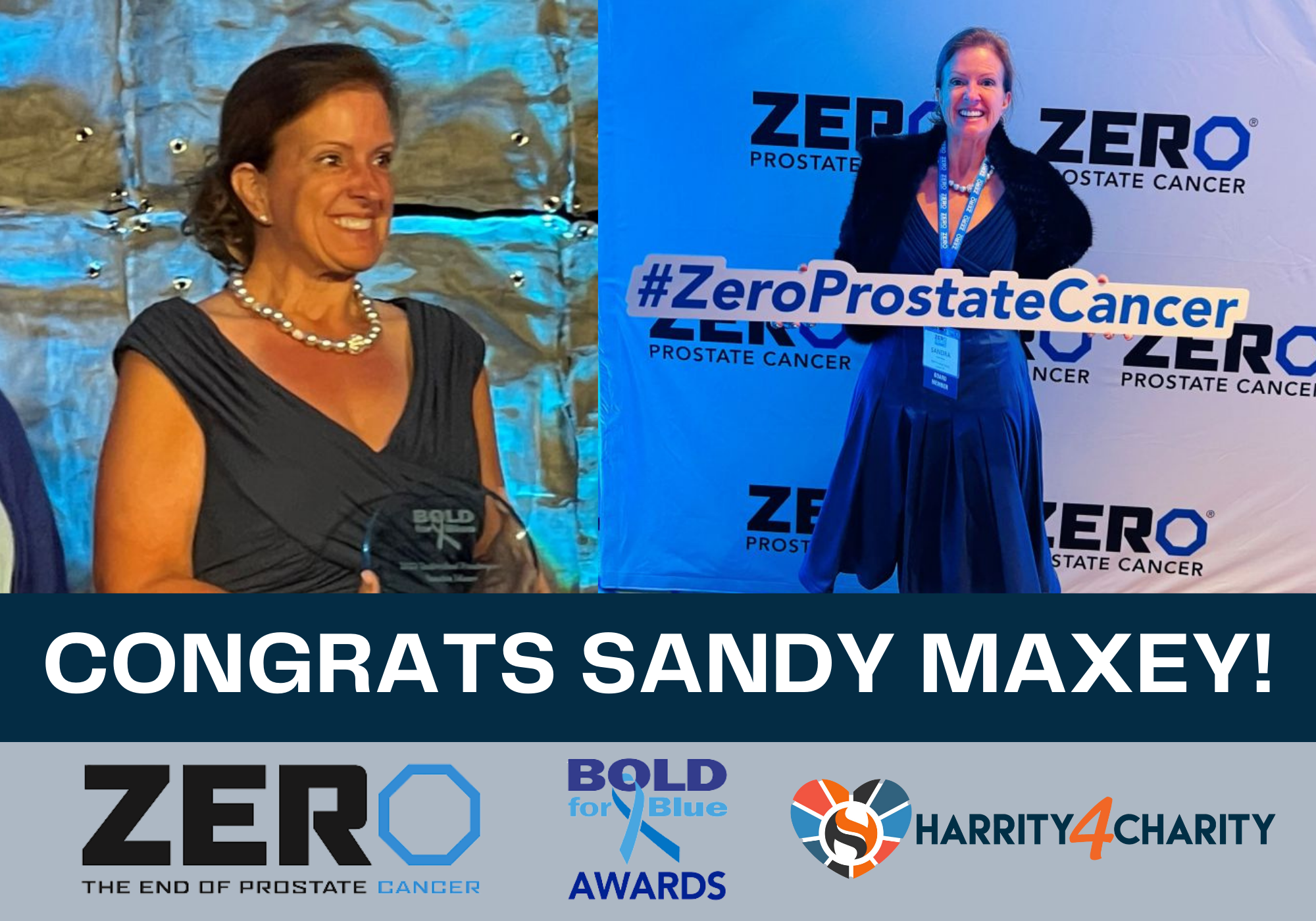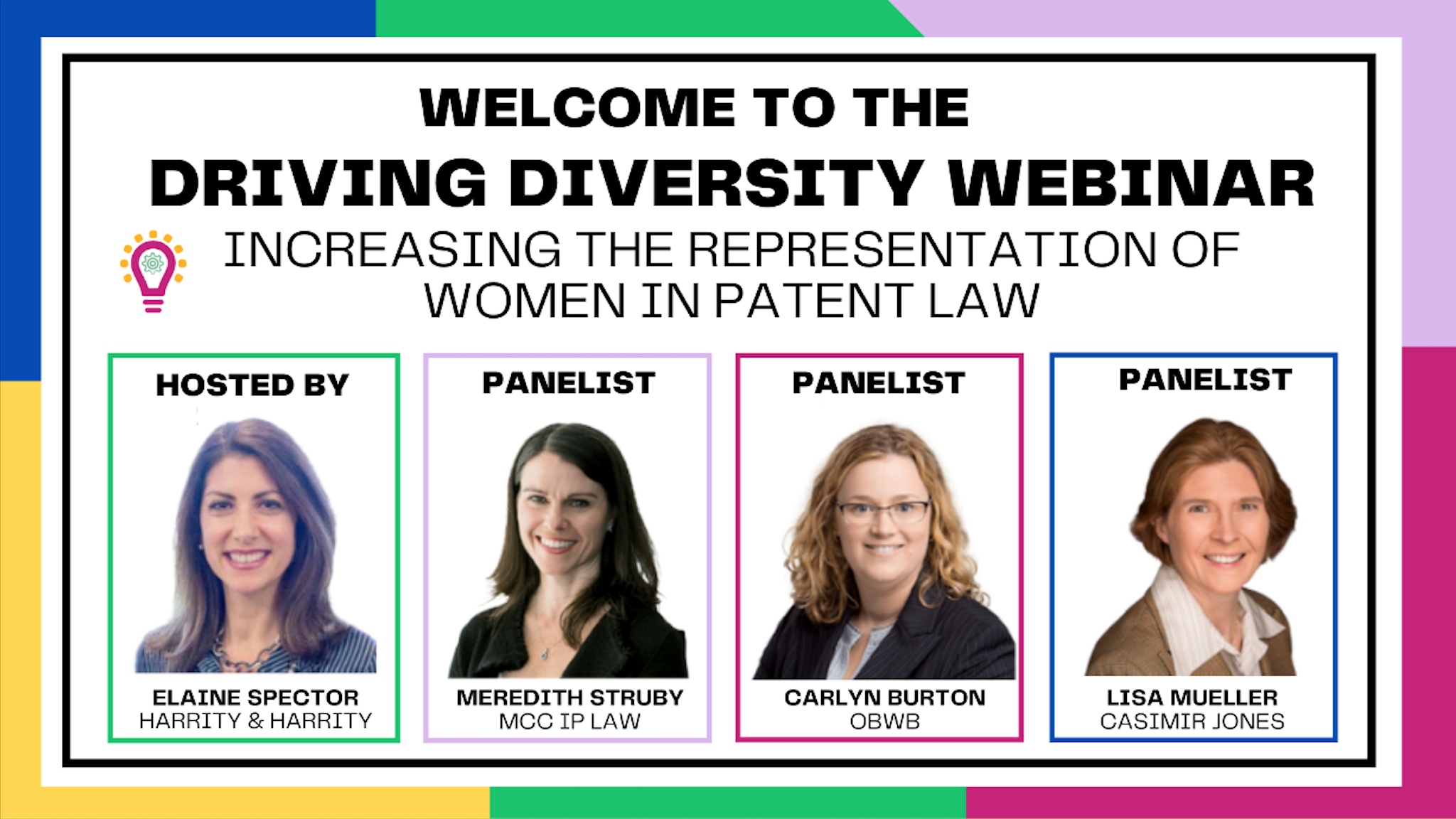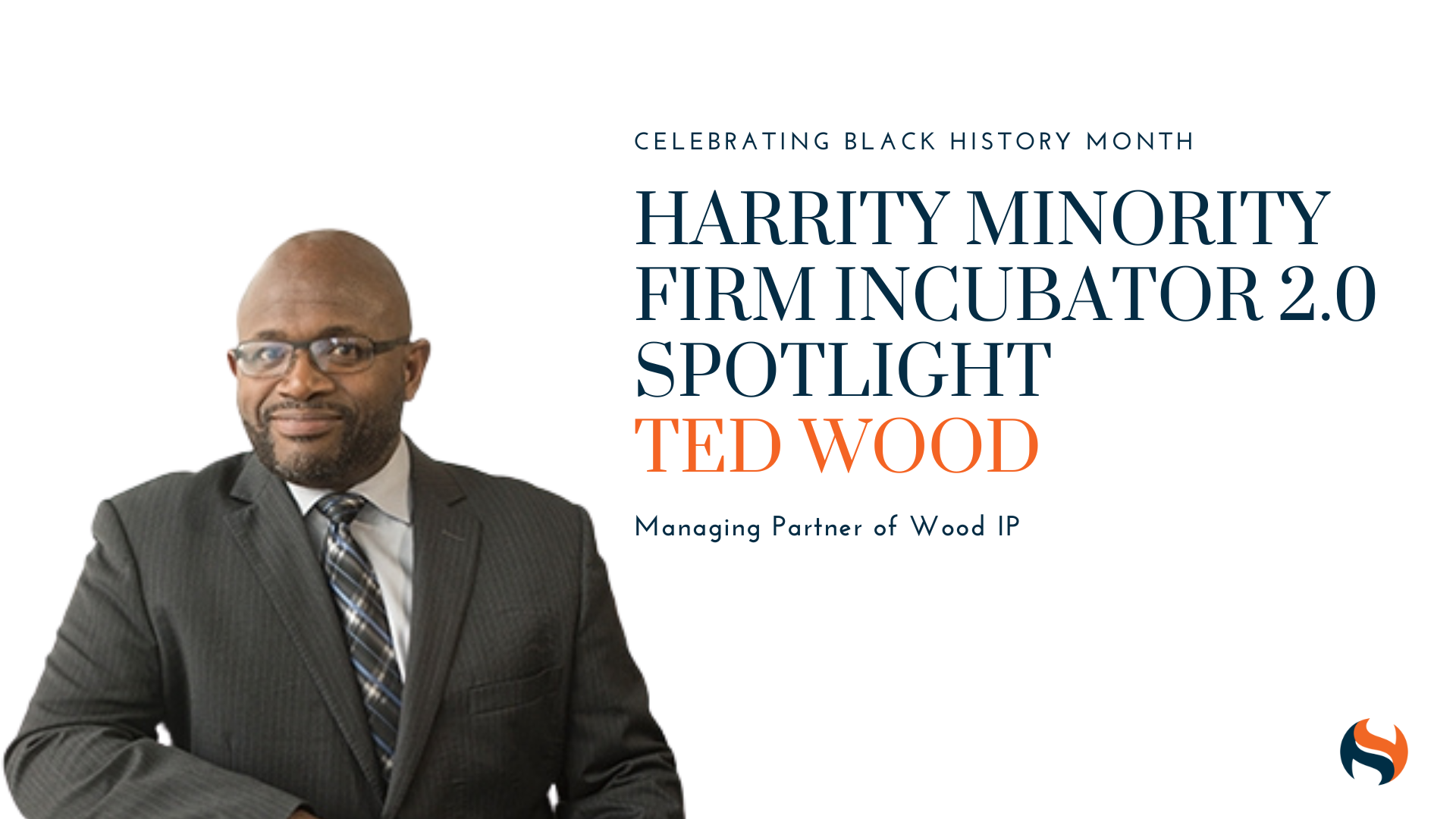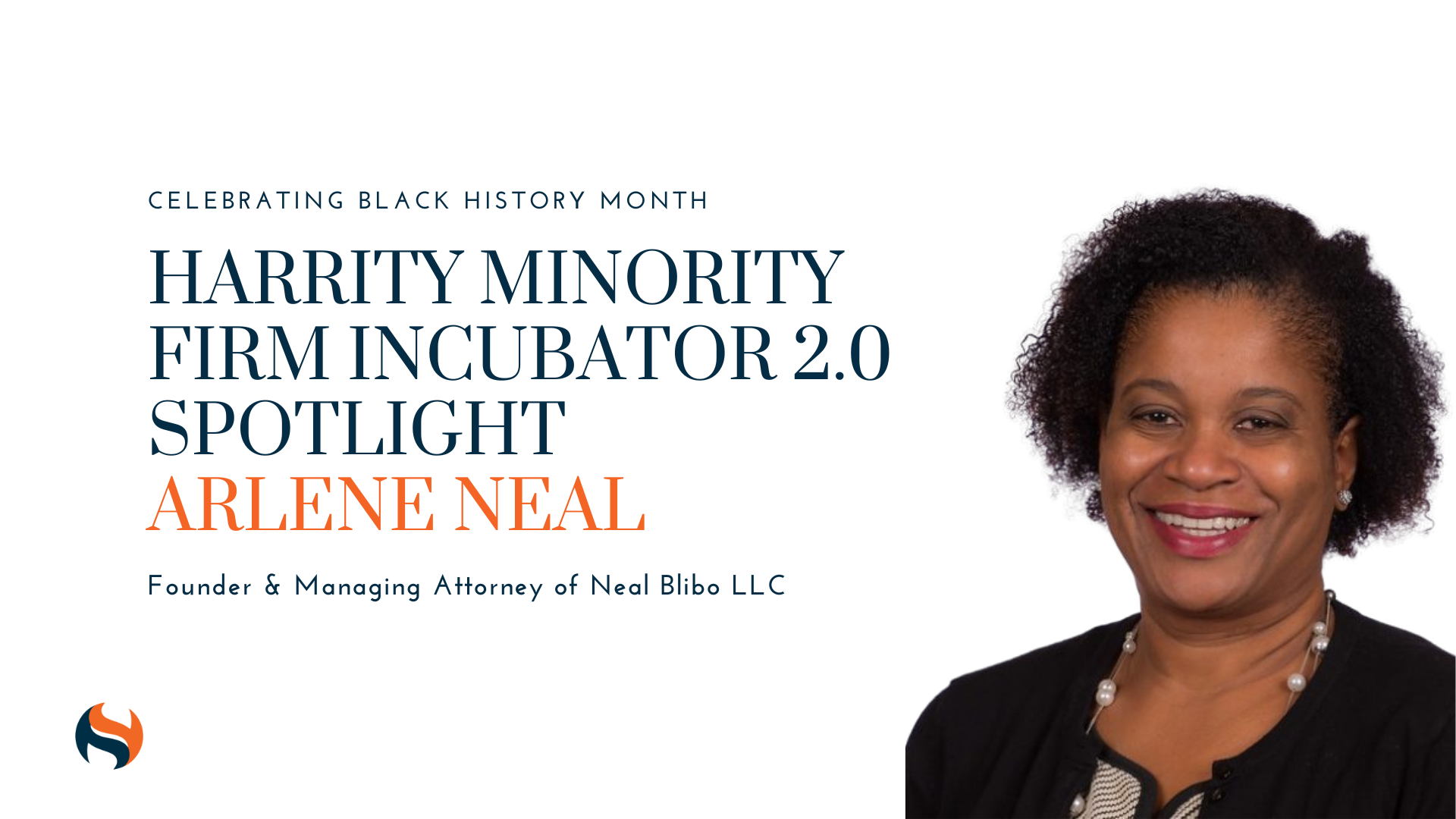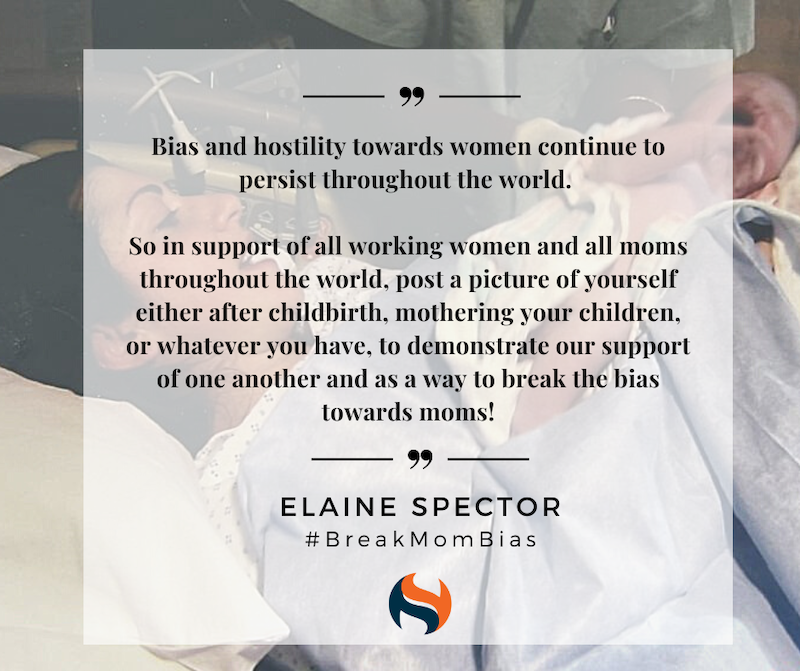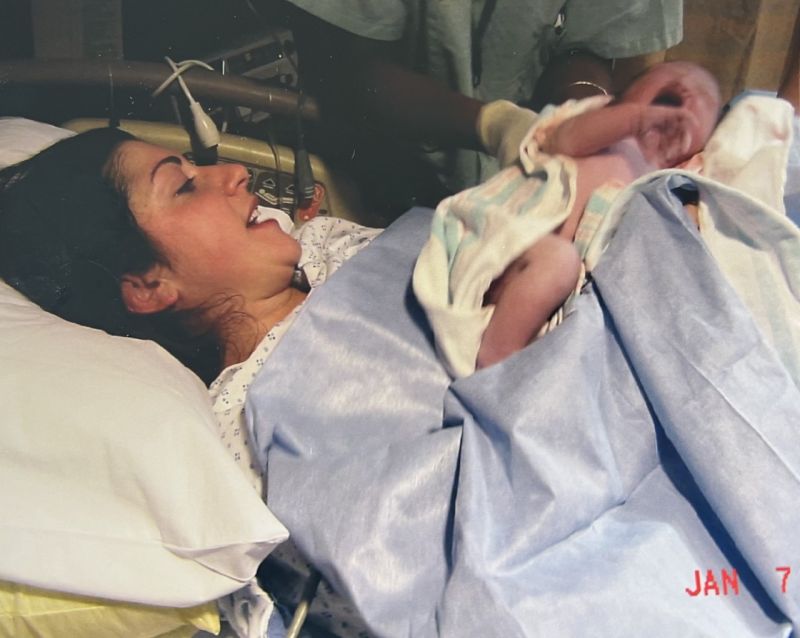Are you doing some last minute holiday shopping? Stumped on what to get that one person on your list who seems to have everything? Don’t worry- Team Harrity has got you covered!
We have put together our official holiday gift guide for all the tech lovers, remote workers, self care queens, and fitness fanatics in your life. These carefully curated gifts have been hand-selected by our team members and include things that we all use in our everyday lives!
TECH
Ray-Ban Meta Wayfarer Smart Glasses
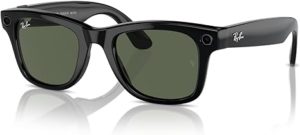
Listen to music, take photos and videos, and livestream on social media all from your Ray Bans! This is tech that our team is so excited about!
You can buy it here
Wireless Charging Stand
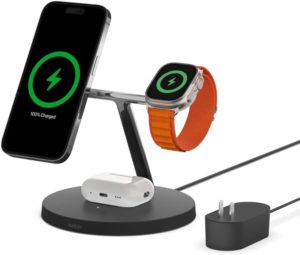
Charge all your devices wirelessly with this neat tabletop gadget!
You can buy the Belkin charging stand here.
Apple AirTag
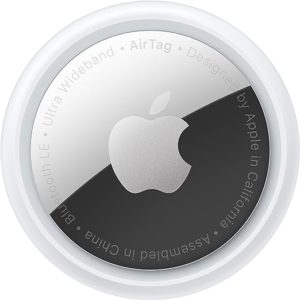
We’ve all been there… you’re running out the door but the keys are nowhere to be found. Lost keys no more! The Apple Airtag is a versatile item that helps keep your valuables organized.
You can find it here.
LIFX Lightstrip
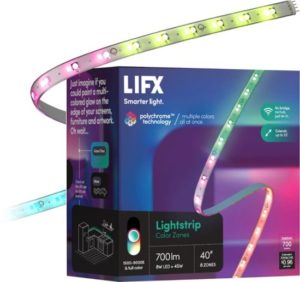
Upgrade virtually any space in your home with these smart lights! Choose any color via an app on your phone to take your desk, kitchen, bedroom, or game room into an oasis.
You can find it here.
Hatch Restore 2 Sunrise Alarm Clock
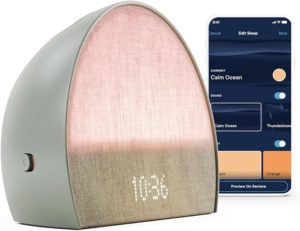
A favorite amongst the parents at our firm, the Hatch sunrise alarm makes waking up, dare we say it, peaceful! The alarm/white noise combo makes for the best night of sleep ever.
You can find it here.
Pura 4 Smart Diffuser
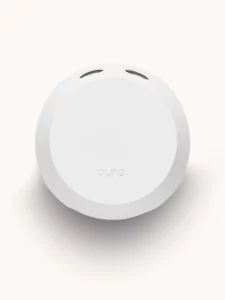
The Pura smart diffuser brings customized luxurious, clean scents to your home at the touch of a button (on an app!) The coolest thing is the adaptive diffusion and the smart scheduling functions.
You can find it here.
Polaroid Hi-Print Bluetooth Printer

Send your favorite photos straight to this pocket sized printer and instantly get beautiful, high quality business card sized prints!
You can find it here.
BOOKS
These books are all Harrity favorites, and are reads that we recommend again and again!
Start with Why: How Great Leaders Inspire Everyone to Take Action by Simon Sinek
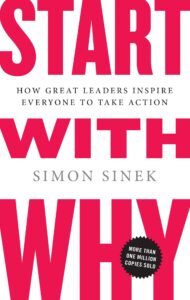
Find the leadership book we recommended to the Minority Firm Incubator firms here.

Find this must read book that we send our newly hired attorneys here.
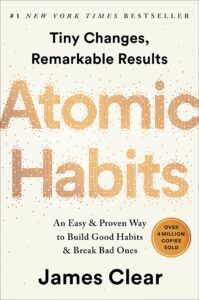
Find this practical self help book that our Marketing Director, Samantha Sullivan, recommends here.

Find this “life-changing” guide to happiness that our Firm Controller, Sandra Maxey, recommends here.
Audible Subscription
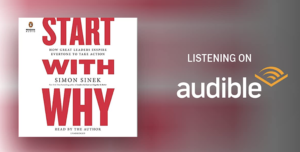
Listen to these books we recommend plus so much more with a subscription to Audiobook.
WORK FROM HOME ESSENTIALS
Being a fully remote firm, Team Harrity has definitely come across some must have items for those who work from home.
Standing Desk

If you haven’t bought into the hype of a standing desk yet, now is the time! Being able to stand and stretch and move around during meetings is a gam changer for productivity. Pair this with the under desk treadmill we recommend in this guide to get your heart pumping, or with this ergonomic mat to take the pressure off your feet and ankles.
You can find that we recommend here.
Phone Tripod Stand with Bluetooth Remote
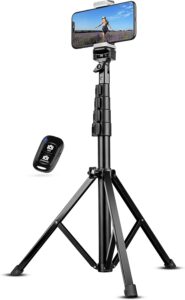
For someone who is creating content (videos, taking photos, etc.), this phone tripod is awesome. We really love it because it has a bluetooth remote so you can start and stop the video without having to do the awkward “press record and step back quickly” move.
You can find it here.
Desktop Ring Light
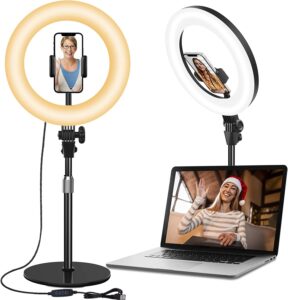
Have you seen Elaine Spector‘s Driving Diversity videos? Her secret to looking professional and polished in those videos and in meetings? A ring light!
You can find the one that we recommend here.
Coffee Mug Warmer

Sometimes when you get focused on work, you can forget about you wonderful caffeinated drink. And nobody likes cold coffee. This is the perfect gift for the coffee lover in your life!
You can get the one that we recommend here.
Mini Fridge

Anyone who works from home knows that the worst thing ever is having to interrupt your flow to get a drink or a snack. This mini fridge is perfect to keep in a home office so you can just reach over and get what you need!
Find this one here.
Eye Massager
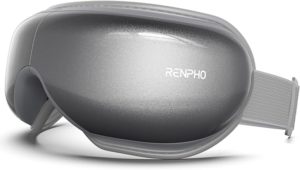
After a long day of looking at a screen, this eye massager with heat is a gam changer for avoiding eye strain and headaches.
You can find the one that we love here.
ErgoFoam Under Desk Foot Rest

If you are sitting at your desk for long periods of time, this foot rest really makes a difference in how comfortable your feet and legs are!
You can find this one here.
Wearable Blanket Hoodie
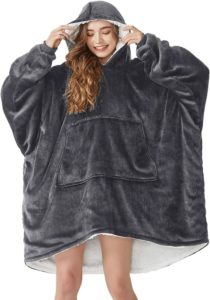
It’s oversized, it’s warm, it’s cozy… Need we say more?
This one specifically makes an appearance on our support staff meetings every now and then. Find it here.
WELLNESS FINDS
2 in 1 Under Desk Treadmill
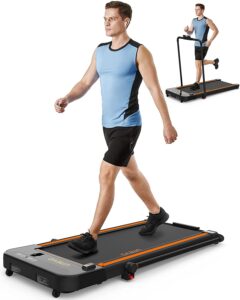
This under desk treadmill is the perfect way to get your steps in and close your rings while working. Pair it with the standing desk converter for the perfect office set up!
You can find the one we recommend here.
Hoka Bondi 8
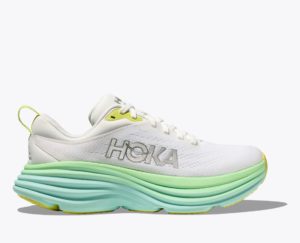
These are worth the hype! Not only are they stylish, but they are really like walking on clouds!
Wear these on your next walking meeting by purchasing them here.
Peloton Guide
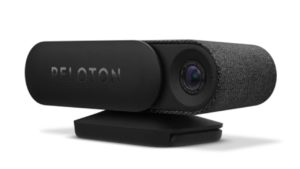
This super cool device turns your TV into an AI-powered personal trainer to give you a great workout at home!
You can find it here.
Massage Gun

If you are have a fitness fanatic in your life, this gift will basically be like giving them gold. This deep tissue massage gun provides quick pain relief for those overworked muscles.
You can get the one our team recommends here.
STANLEY QUENCHER H2.0 FLOWSTATE™ TUMBLER | 64 OZ

Staying hydrated is so important, and it’s actually pretty easy when you’re using a cute water bottle! We love this Stanley because at 64 oz, you’ll spend less time refilling at the fridge.
You can get it here.
Ninja CREAMi Ice Cream Maker

This viral healthy ice cream maker is a favorite of our Co-Founding Partner, John Harrity.
You can get it here.
Bentgo Prep 100-Piece Meal Prep Starter Kit
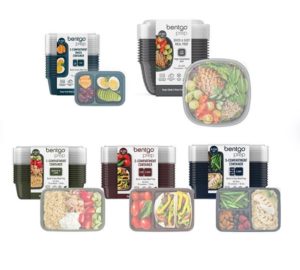
This meal prep kit comes from a highly recommended brand and is a great price!
You can get it here.
HARRITY FAVES
Swag from our Harrity 4 Charity Online Shop!
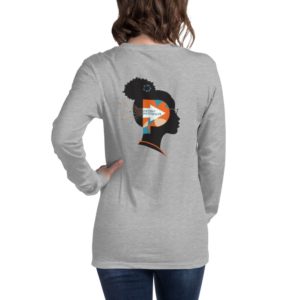
Shameless plug, but our Harrity 4 Charity swag is really pretty awesome! There is never a shortage of Harrity sweatshirts or Patent Pathways™ tees on our firmwide meetings. The best part? 100% of net proceeds go to our partner charities!
You can shop our essential & holiday collection here.
Sugarwish

This super cool gifting site lets you pick the category and size of a gift for your loved one, and then allows them to choose the exact gift that they want. So, no more guessing games with holiday gifts!
You can shop here.
Lootcrate Tees

This shirt subscription box is sure to be a big hit for the t-shirt loving individuals in your life. Shirts tend to run small and shrink, though, so we would recommend sizing up when ordering.
You can shop here.
Artificial Flower Bouquet

A bouquet that will never wilt or need to be thrown out? Yes please!
Shop faux holiday arrangements from the site we love here.
A Donation to One of Our Partner Charities!
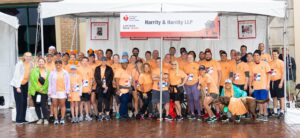
Now through the end of the year, we will be matching gifts made to our Harrity 4 Charity partners: Patent Pathways ($50,000 match), Inova Children’s Hospital ($100,000 match), Change the Conversation ($50,000 match) and ZERO—The End of Prostate Cancer ($100,000 match), and starting 12/1, the American Heart Association ($25,000 match). Please consider making a donation in your friend’s or family member’s name by the end of the year to have your impact doubled!

